 Abraham Lincoln
If given the truth, the people can be depended upon to meet any national crisis...
Abraham Lincoln
If given the truth, the people can be depended upon to meet any national crisis...
 Guildford news...
for Guildford people, brought to you by Guildford reporters - Guildford's own news service
Guildford news...
for Guildford people, brought to you by Guildford reporters - Guildford's own news service
Birdwatcher’s Diary No.199
Published on: 2 Dec, 2019
Updated on: 2 Dec, 2019
By Malcolm Fincham
Shortening days and more than a fair share of precipitation in and around Surrey continued to be the theme as we trudged our way into November.
Autumn was certainly upon us. We had at least been more fortunate than many parts of the country. Especially northerly counties including Yorkshire and Lincolnshire where there were floods.
A few dry daylight hours on November 3 gave Dougal, Bob and I, the opportunity of a trip to Staines Reservoir. Located in the northern reaches of Surrey, near Heathrow Airport.
Although too distant for a decent picture, we were able to get reasonable views with the help of a “scope” of a long-tailed duck.
It is a northern breeding bird, usually seen off the coast at this time of the year.
Their breeding habitat is in tundra pools and marshes, but also along sea coasts in Alaska, northern Canada, northern Europe and Russia.
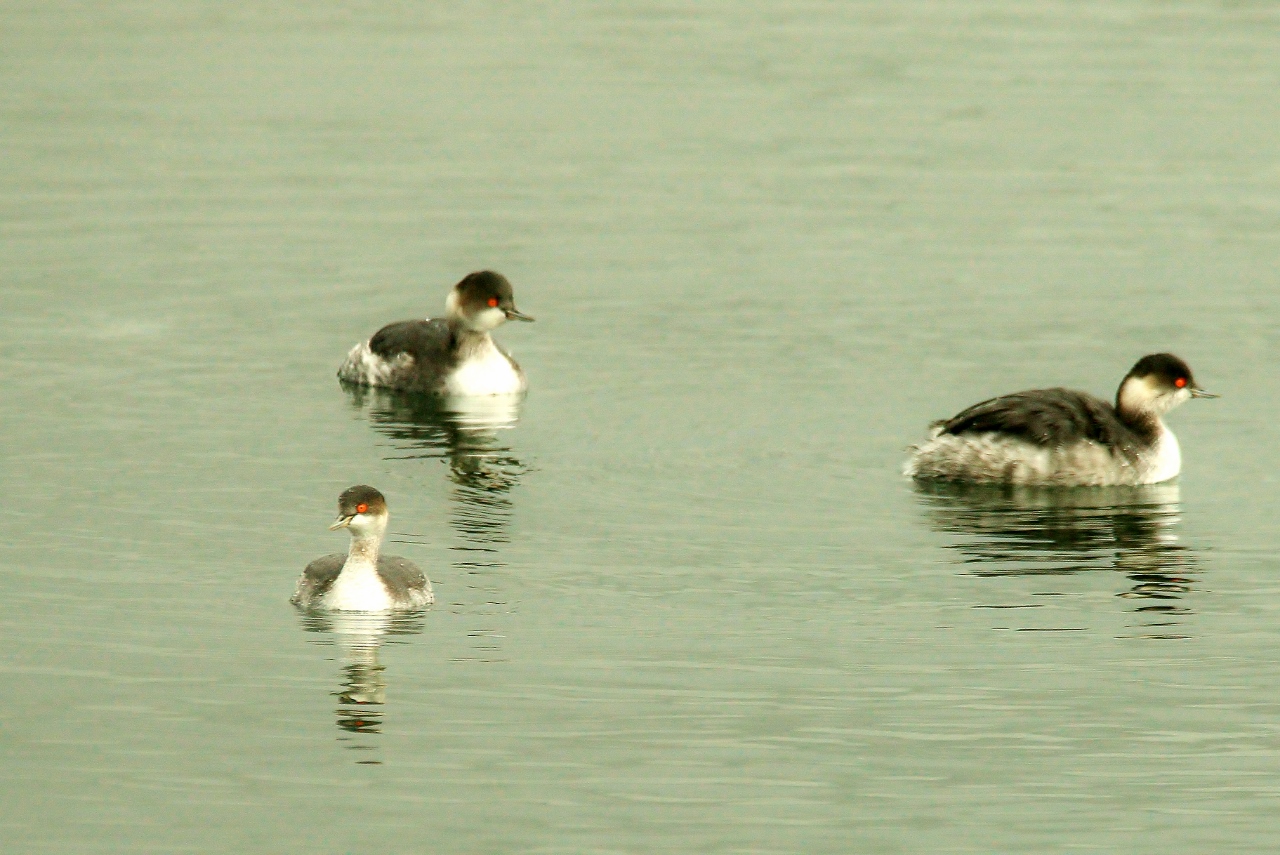 On the north basin, five black-necked grebes close to view were worthy of a few photos, now in their winter plumage.
On the north basin, five black-necked grebes close to view were worthy of a few photos, now in their winter plumage.
While passing through, overhead, was a red kite.
Closer to home at the Riverside Nature Reserve near Burpham, a substantial winter roost of jackdaws had been continuing to grow in number, with counts of over 4,500 recorded most days throughout the month.
Starlings continued to group on the pylons there, having spent most of the day in smaller groups locally.
These included a flock of 30 or so that gathered around the rooftops near my home in Stoughton.
Jays continued to regularly be seen at the reserve, collecting and hiding their winter cashes of acorns.
Two water rails could be heard “squealing” in the water-meadow by the boardwalk on several afternoon visits.
While a kingfisher could be viewed, but often tucked away, though occasionally allowing good views by the lakeside, most days.
Although more often than not as just a fleeting glimpse, flying past, like a bullet!
At least three little grebes continued to be a regular sight on Stoke Lake, throughout the month.
Grey herons could regularly be seen about the lake and along the River Wey.
What appeared to be the resident kestrel spent much of its time hunting at various areas of the reserve.
November 6 was one of those rare and sunny days in recent weeks. And an ideal day it was for a walk through the mostly deciduous woodlands at Sheepleas, near East Horsley.
Especially to allow me a few atmospheric pictures of the arboreal parts of the Surrey Hills, as well as some of the wildlife that resides there.
A curse to some, but endearing to others, I managed to get a few photos of a couple of brown rats as they rummaged around in some fallen leaves, looking for food.
Although some of the trees there were already bare of leaf, most were still holding on, their colours now turning to shades of golds, reds and yellows.
Among the shelter of the surrounding foliage, a small group of birds could be picked out.
A pair of marsh tits made for a few pleasing photos as they plucked at the moss on one of the branches.
Briefly, they were joined by a coal tit showing its white head stripe.
Also within what turned out to be a mixed flock of birds, a treecreeper could be seen as it worked its way up a nearby tree.
While our smallest UK species of bird, the goldcrest, could be picked out.
Even a little “Jenny” wren could be seen within the small winter flock.
Across the field on top of a tall pine a mistle thrush could be seen.
More distant to see were two great spotted woodpeckers.
Jays also flew back and forth over the fields.
A small group of greenfinches were also present.
Although not having seen as many wintering thrush species as yet this year, as I had recorded seeing in November last year, it was good to see a few small groups of fieldfares. They had made it across the North Sea from Scandinavia.
As well as small flocks of redwings.
It wasn’t long before inclement weather had made a return, however. One such afternoon, with pals Bob and Dougal, I visited Tice’s Meadow near Tongham.
Our main objective was to view the new hide that had been constructed there. With the weather as it was, it was an ideal day to do so.
The original hide, constructed on “Horton’s mound” was still in good use, though a telescope is often essential to view out across the water.
The new hide has been situated on the water’s edge, and ideal for those like me, for taking photographs.
Although weather conditions were not ideal that afternoon, I was still able to get a some recognisable photos of some of the delights on show.
These included a small raft of gadwall.
Several wintering wigeon.
Two common snipe in their camouflaged outfits were concealed well, in spite of being in full view on one of the islands.
A green sandpiper, though too distant to photograph, could be viewed at the water’s edge on the far bank.
While across the water, seen among many other common species present, were a flock of lapwings.
In reminiscence as we sat there, I recalled some of my previous good sightings at Tice’s Meadow, in recent months and years.
Earlier in the year a great white egret had come to visit, staying for several days.
The year before two cattle egret had spent the day there.
I have also had the pleasure of photographing garganey there. Gargany are our only migrating species of duck.
As well as a pair of bewick swans, just a few years earlier.
Reed and sedge warblers, as well as common whitethroats, are regular sightings and nesting species during summer months.
While common terns arrive from Africa to breed on the rafts out on the water.
Common buzzards can often be seen, while red kites are often recorded passing through.
At the feeding station area bullfinches are regularly seen.
I also recalled photographing bramblings and siskin in recent winters.
As such thoughts grew within, it seemed so sad that such a wonderful nature reserve, with all the lovely wildlife, as well as the man hours from those that had helped to create it, could come to an end, when sold.
Let’s just hope this unique local reserve will remain a safe haven for wildlife, both resident as well for ones to rest on passage through the Blackwater Valley, on the Surrey-Hampshire border.
Recent Articles
- Letter: Our Residents Want CIL Money Properly Used for Infrastructure Without Delay
- Charity’s New Programme Meets Needs of SEND Children Without School Places
- Pasta Evangelists to Open First Restaurant Outside London – Right Here in Guildford
- Police Seek Witnesses to Park Barn Assault
- Notice: Rosamund Community Garden
- Village School Set to Close Due to Falling Birth Rate
- Letter: Waverley’s Management of CIL Money Is Morally Questionable
- Dragon Interview: MP Hopes Thames Water Fine Will Be ‘Final Nail in Its Coffin’
- Conservative Claims on Use of CIL Payments ‘Political Theatre’ Say Lib Dems
- Thames Water Faces £122 Million Penalty Following Ofwat Inquiry


Search in Site
Media Gallery
Dragon Interview: Local Artist Leaves Her Mark At One of England’s Most Historic Buildings
January 21, 2023 / No Comment / Read MoreDragon Interview: Lib Dem Planning Chair: ‘Current Policy Doesn’t Work for Local People’
January 19, 2023 / No Comment / Read MoreA3 Tunnel in Guildford ‘Necessary’ for New Homes, Says Guildford’s MP
January 10, 2023 / No Comment / Read More‘Madness’ for London Road Scheme to Go Ahead Against ‘Huge Opposition’, Says SCC Leader
January 6, 2023 / No Comment / Read MoreCouncillor’s Son Starts Campaign for More Consultation on North Street Plan
December 30, 2022 / No Comment / Read MoreCounty Council Climbs Down Over London Road Works – Further ‘Engagement’ Period Announced
December 14, 2022 / No Comment / Read MoreDragon Interview: GBC Reaction to the Government’s Expected Decision to Relax Housing Targets
December 7, 2022 / No Comment / Read MoreHow Can Our Town Centre Businesses Recover? Watch the Shop Front Debate
May 18, 2020 / No Comment / Read More



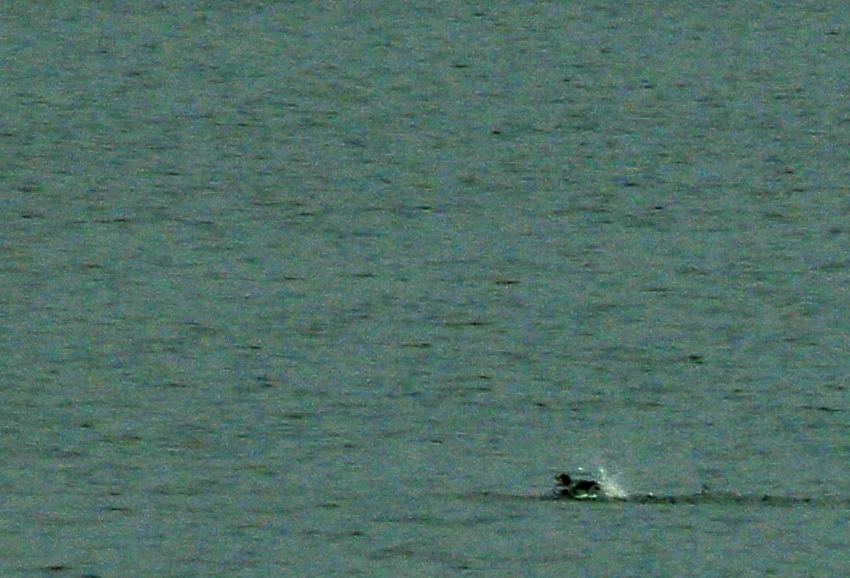


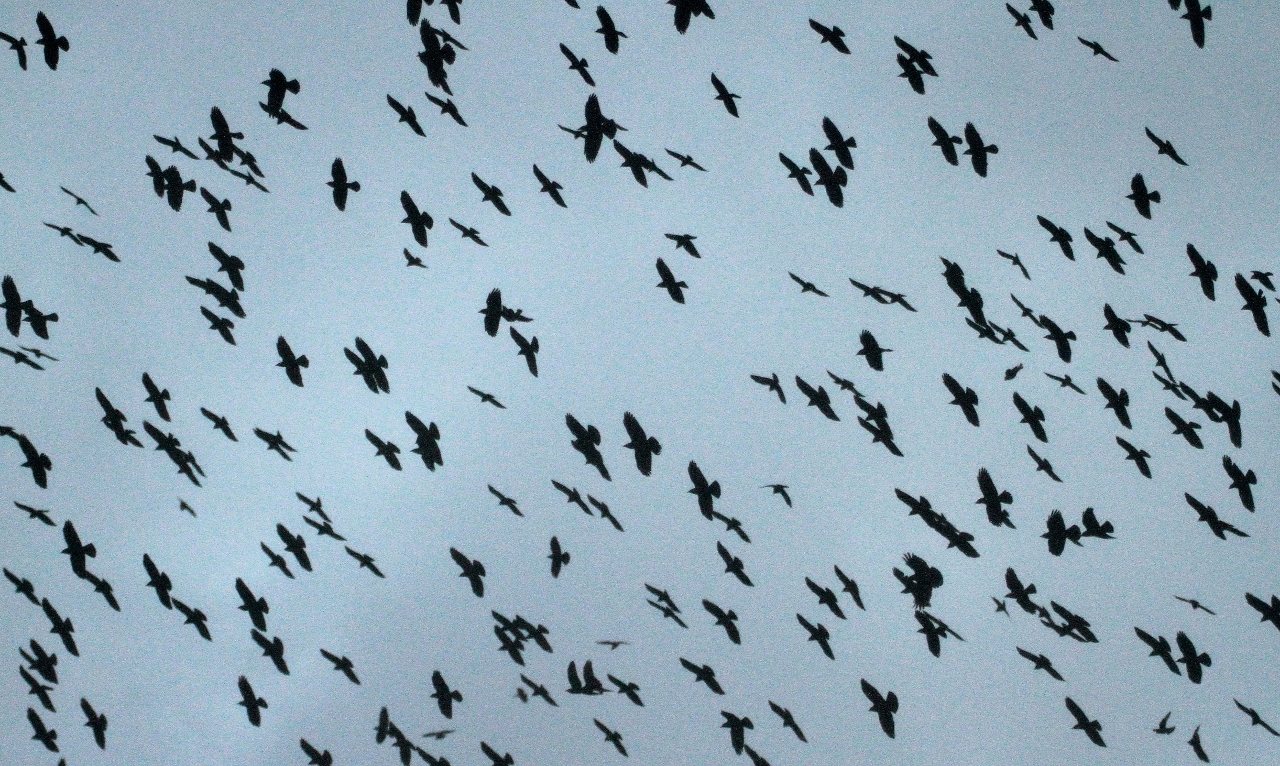

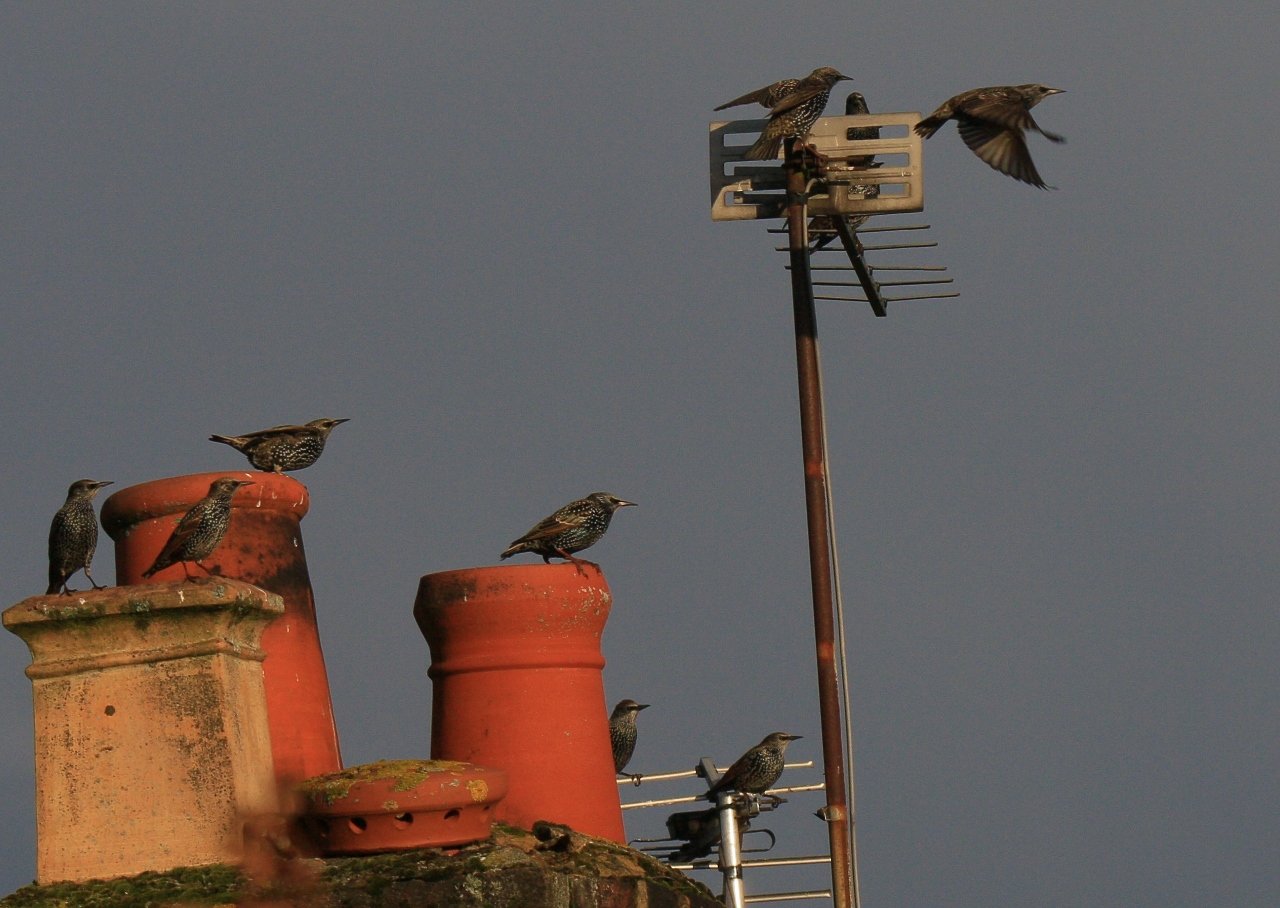
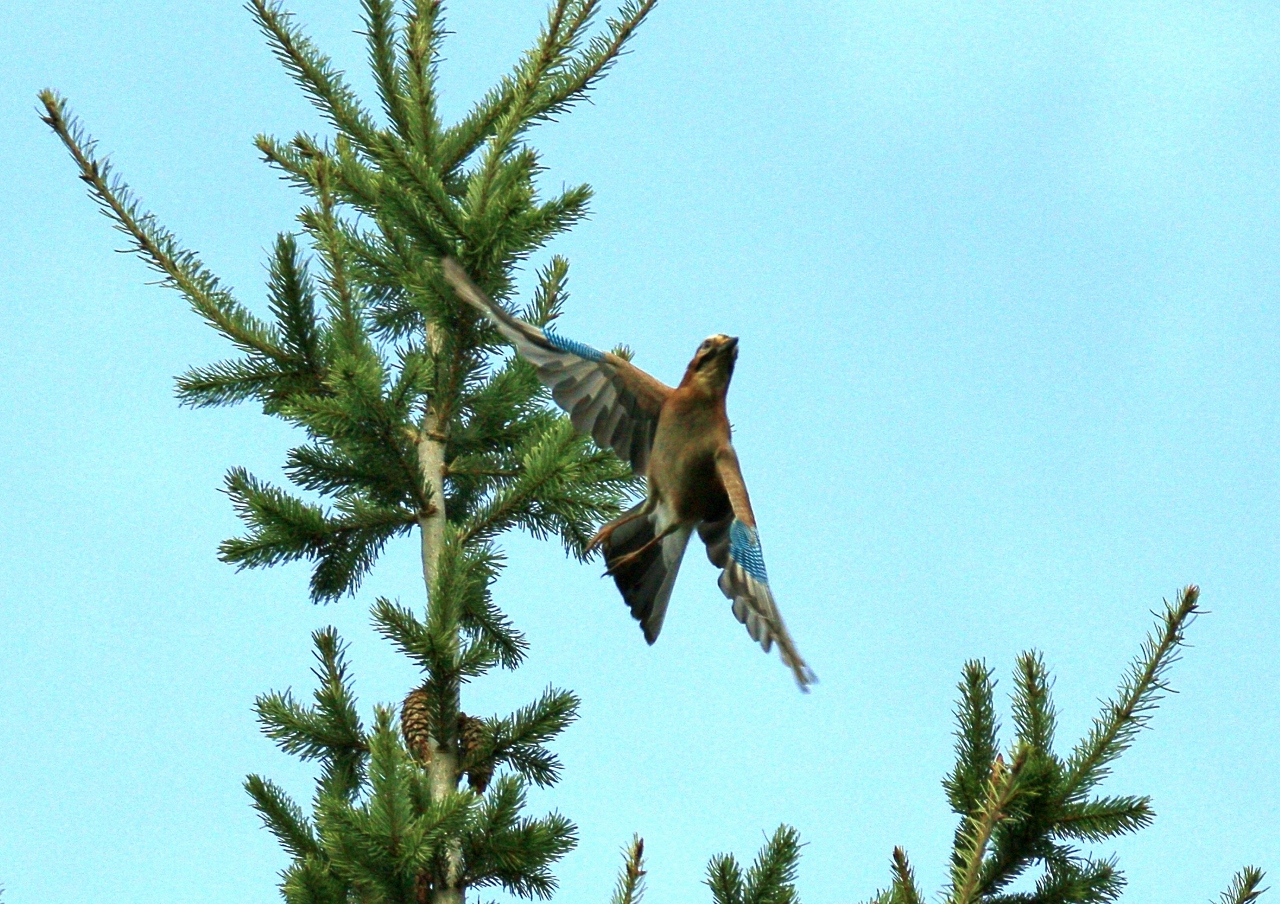
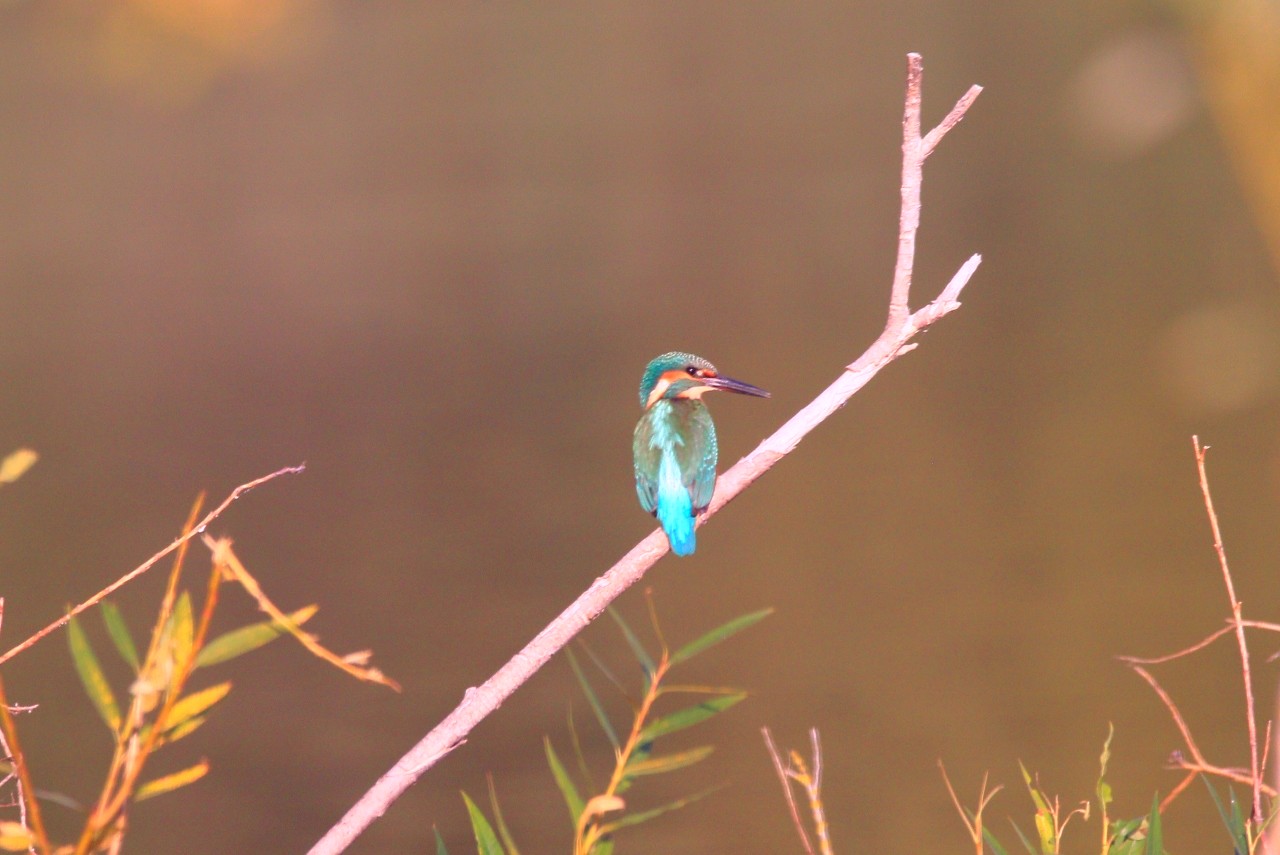

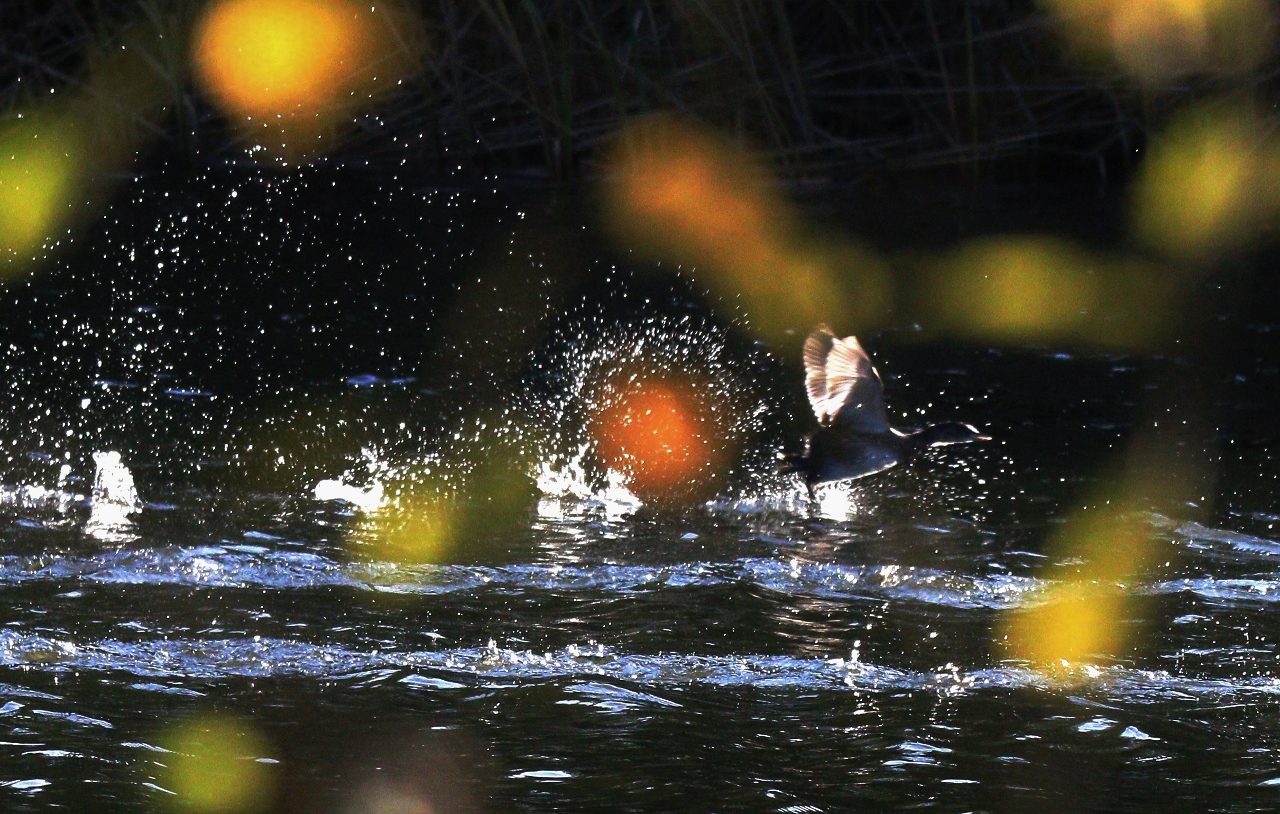
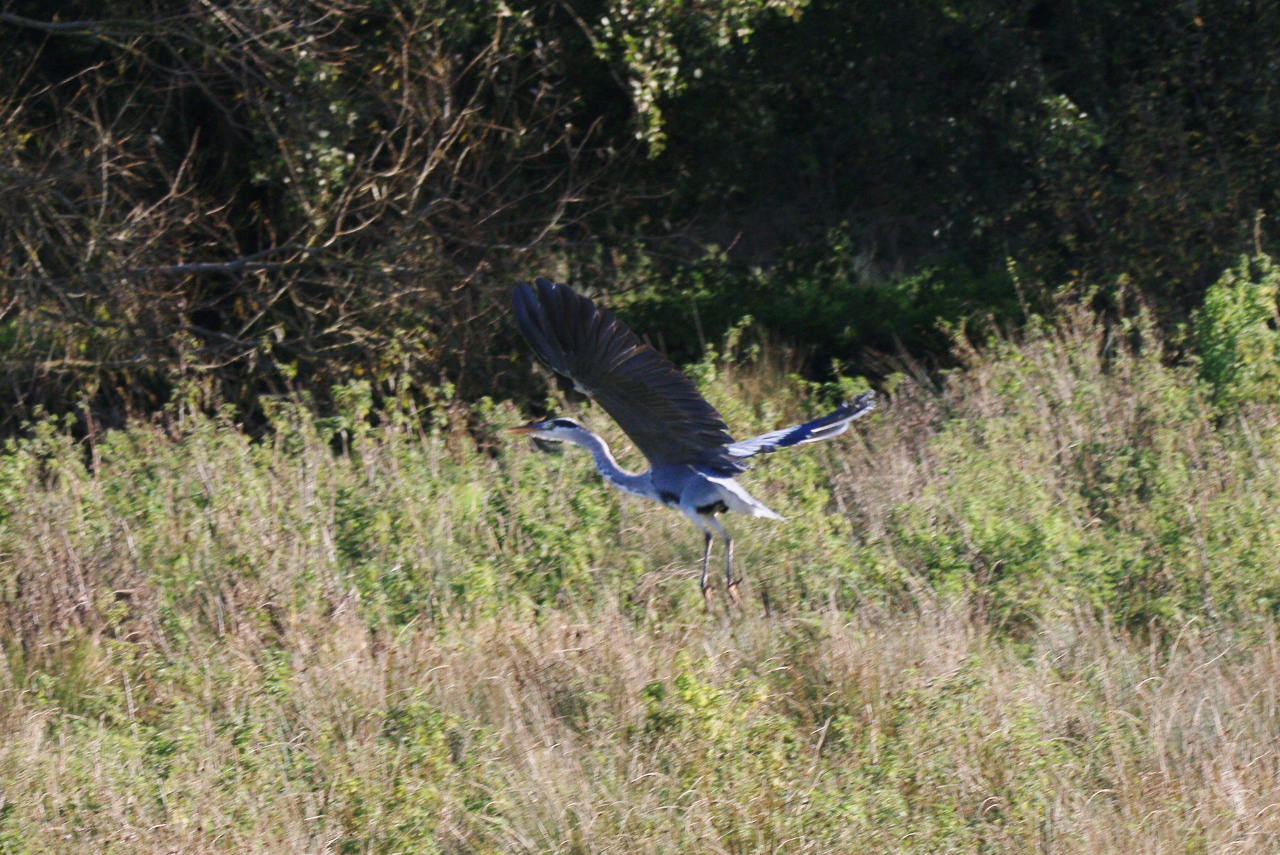
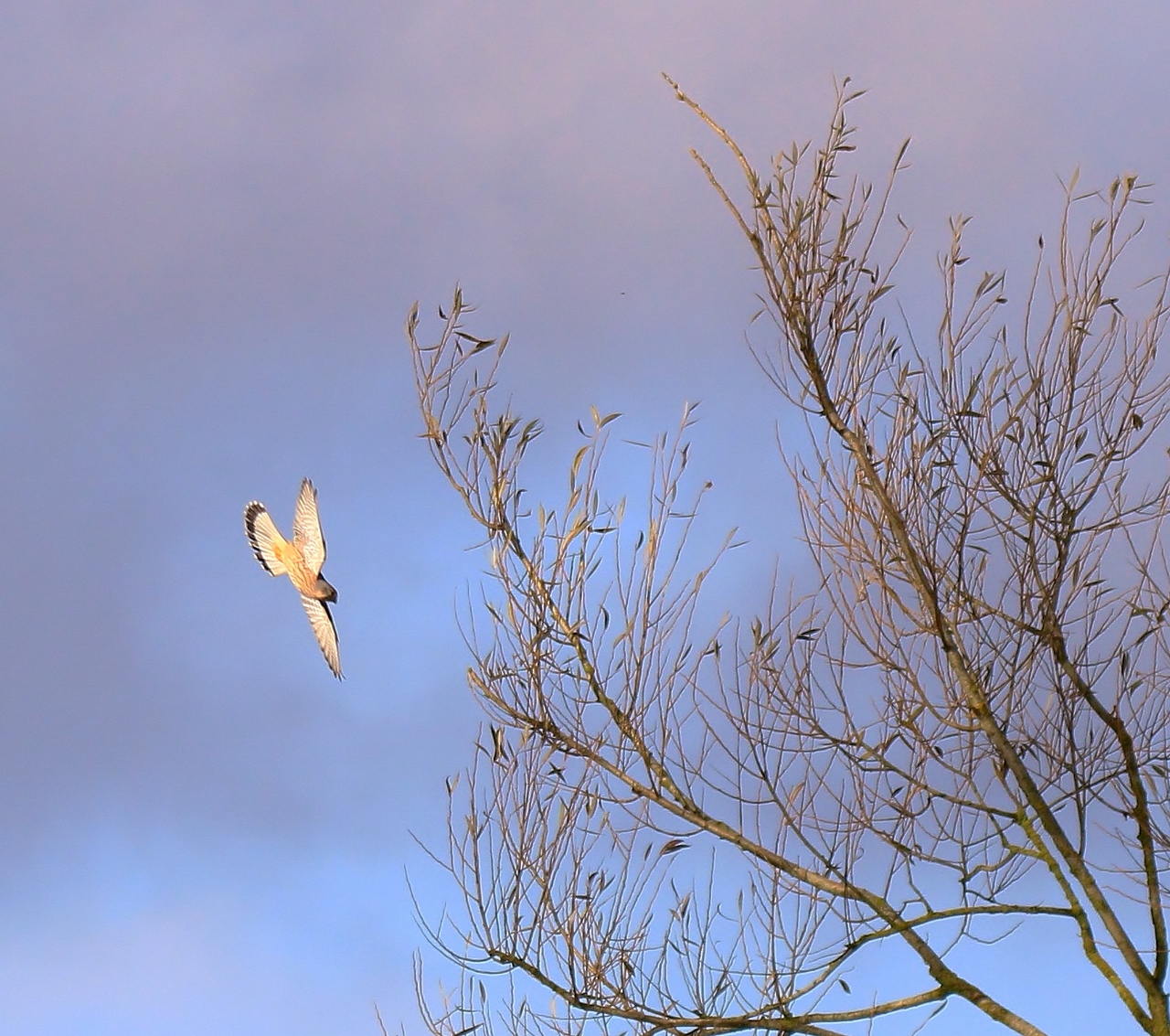
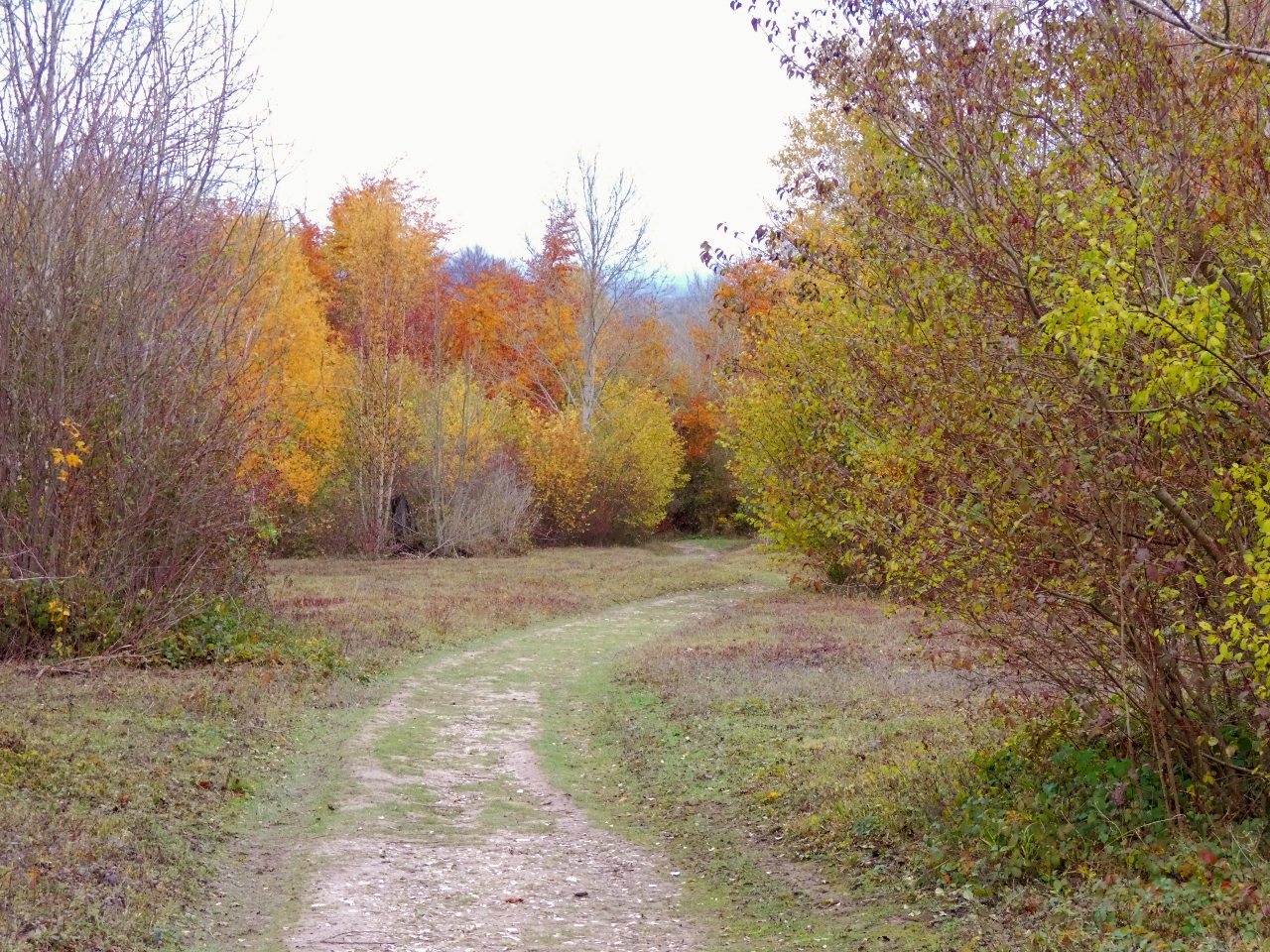
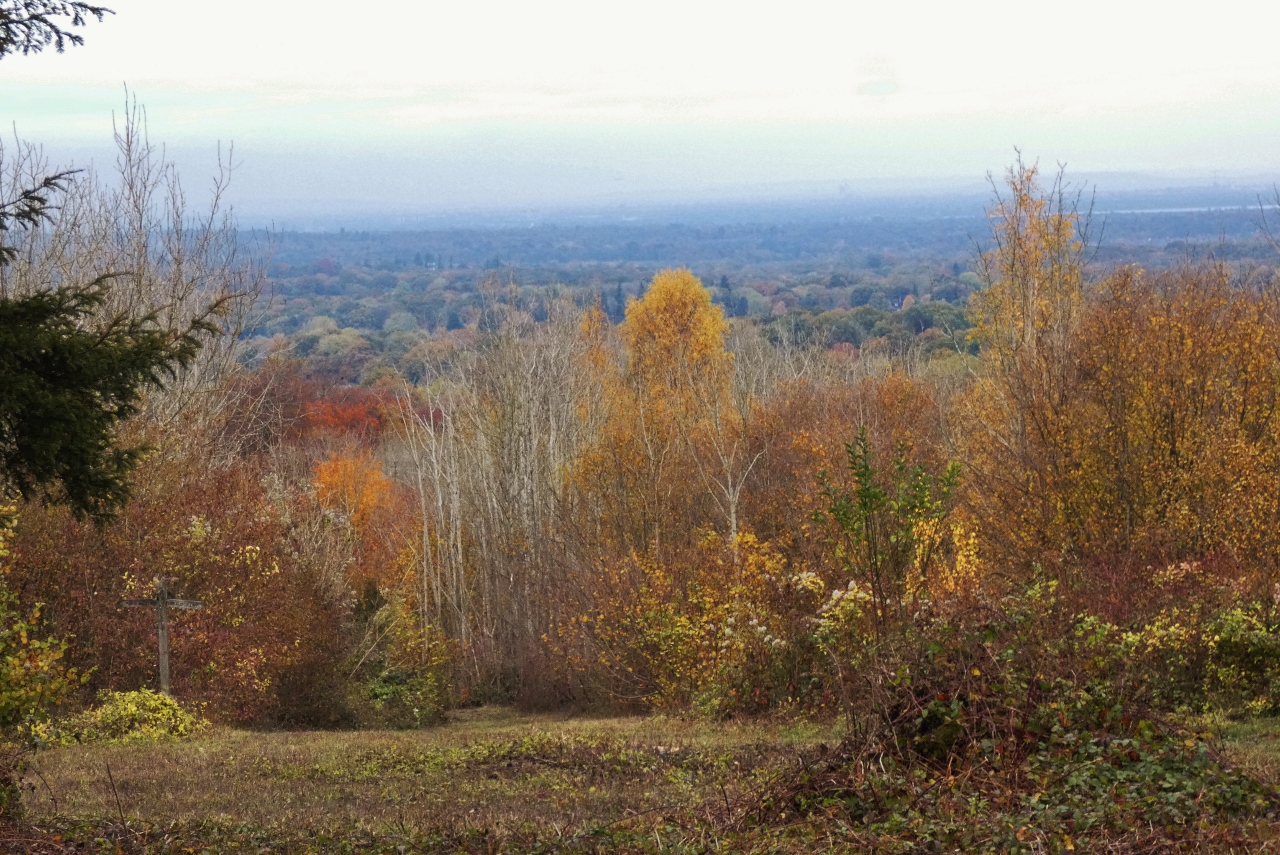
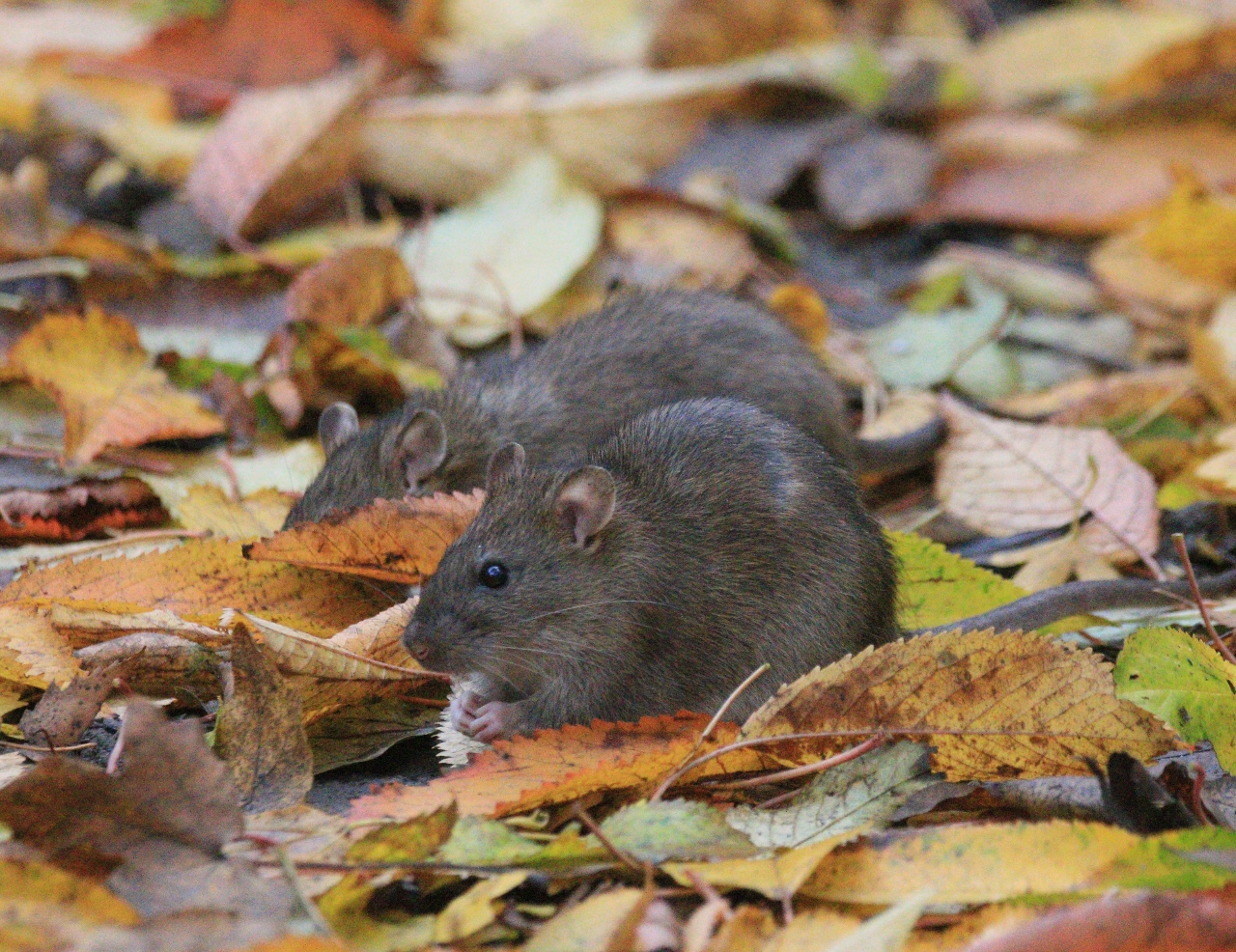
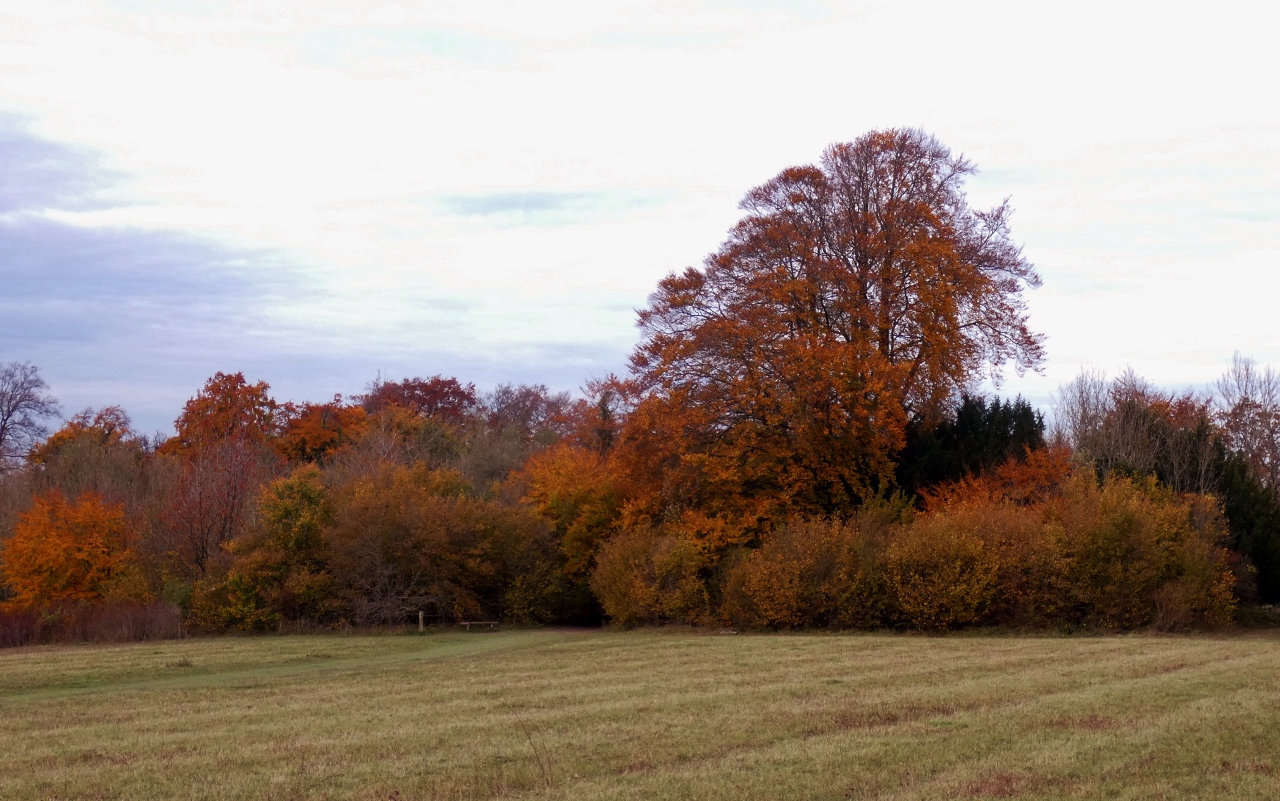
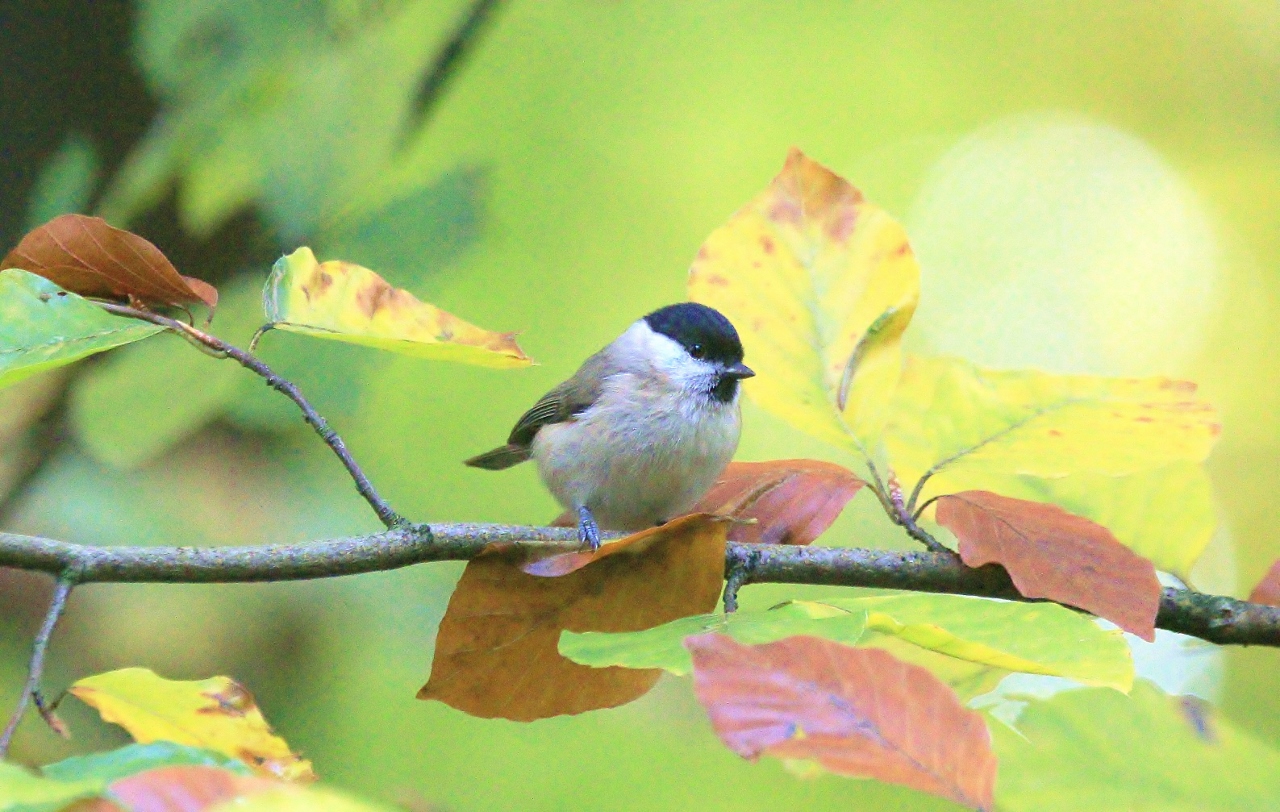
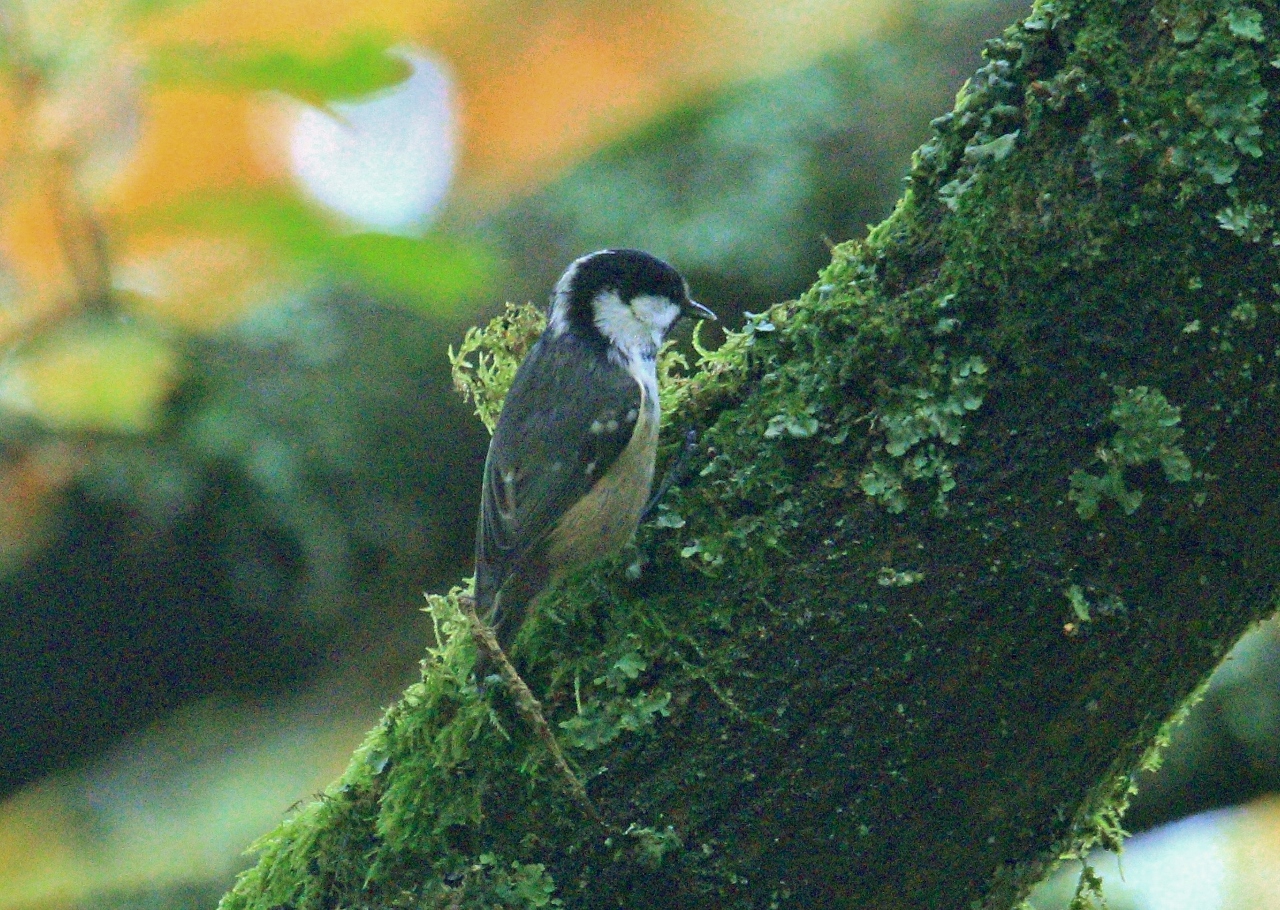
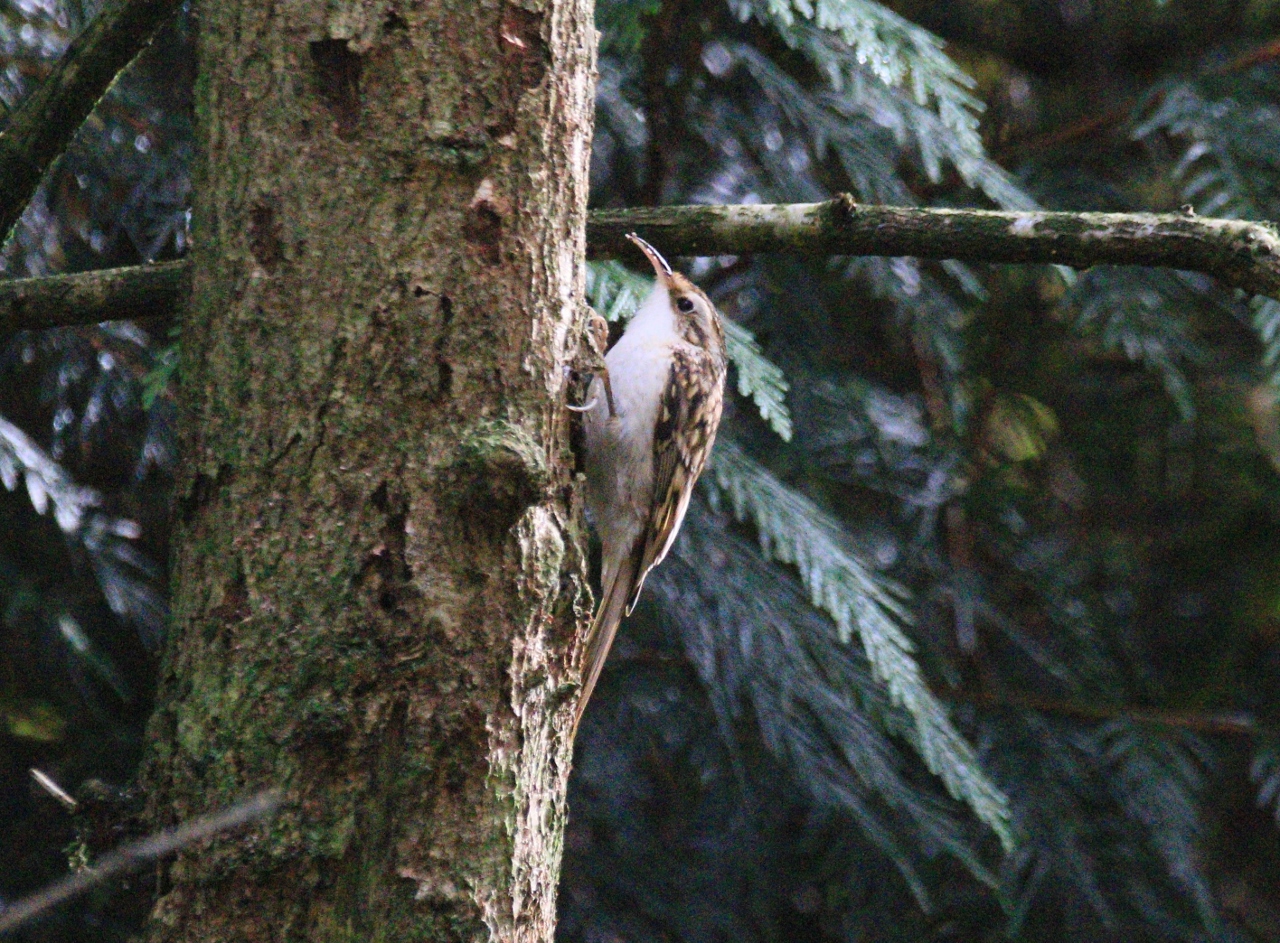

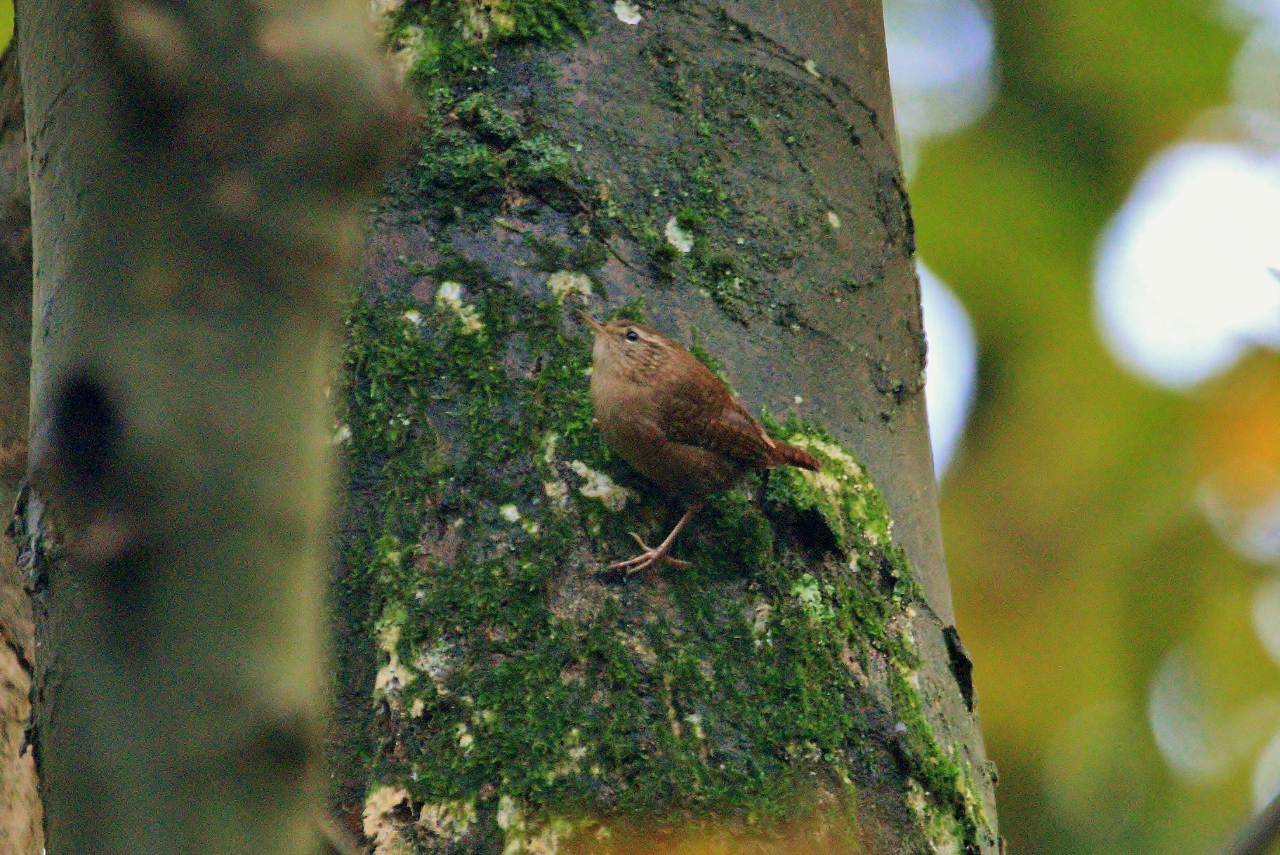
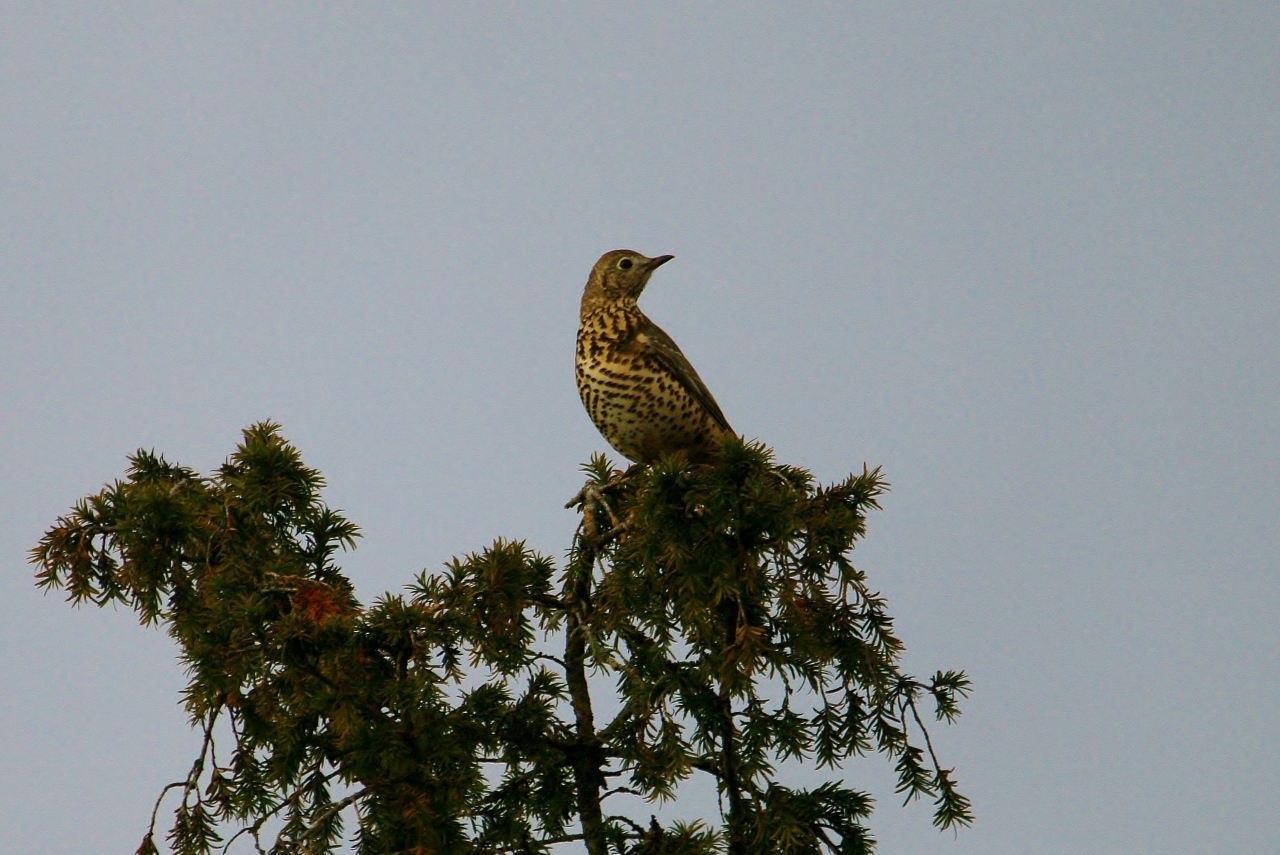

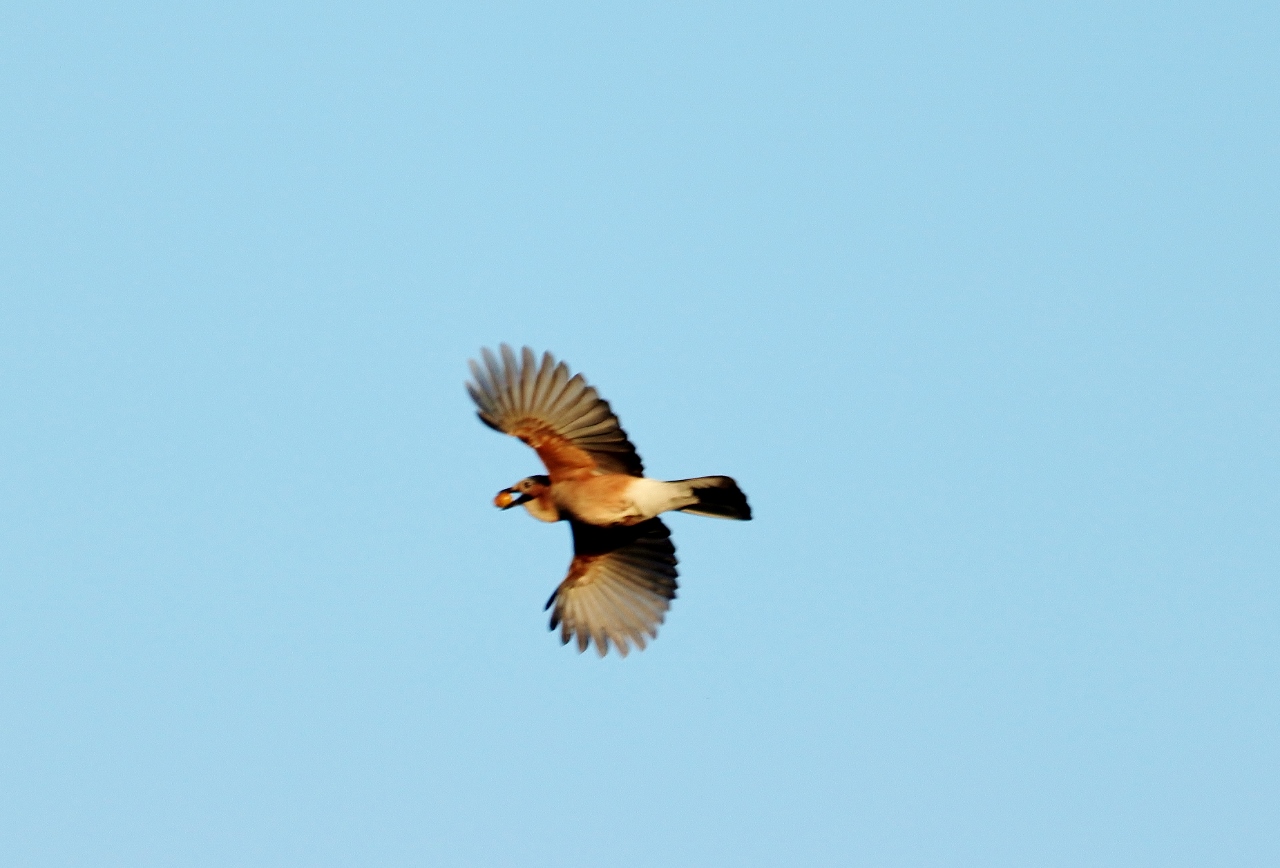
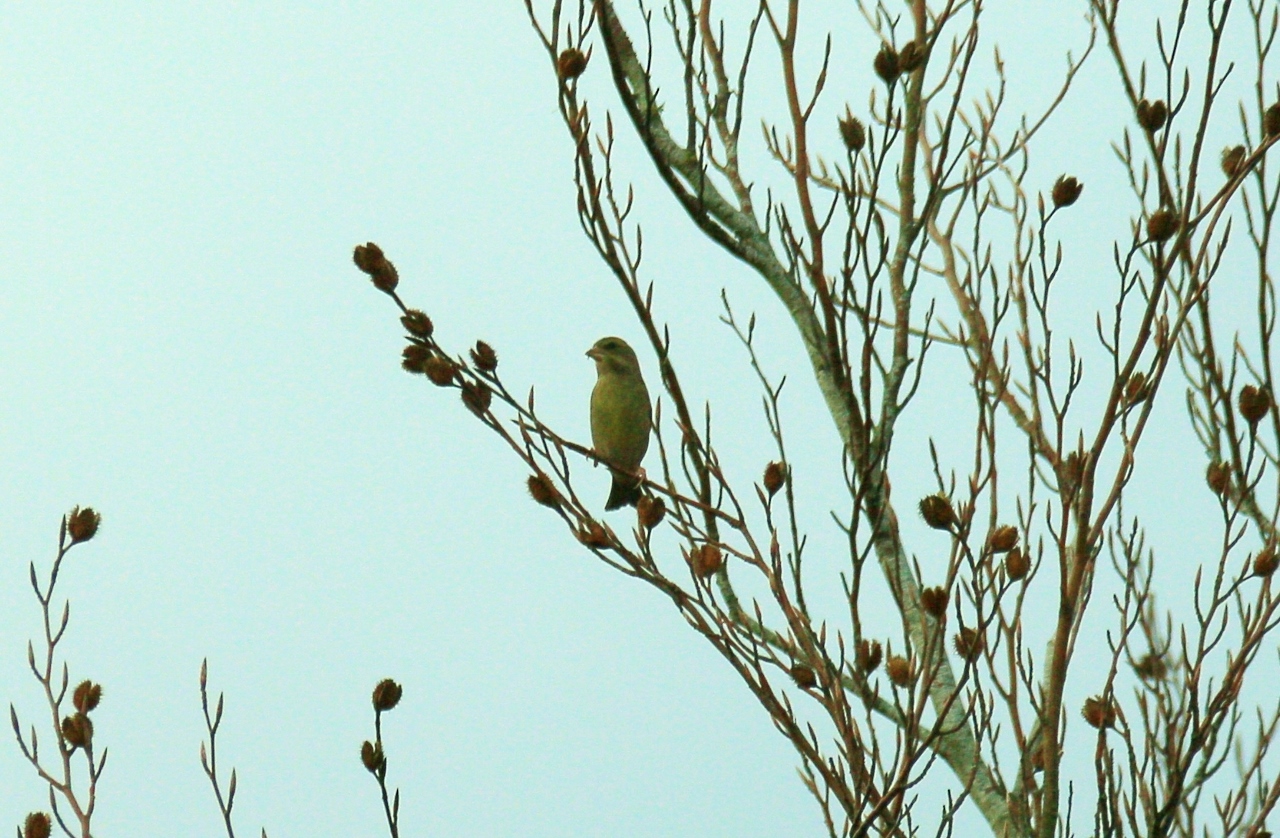
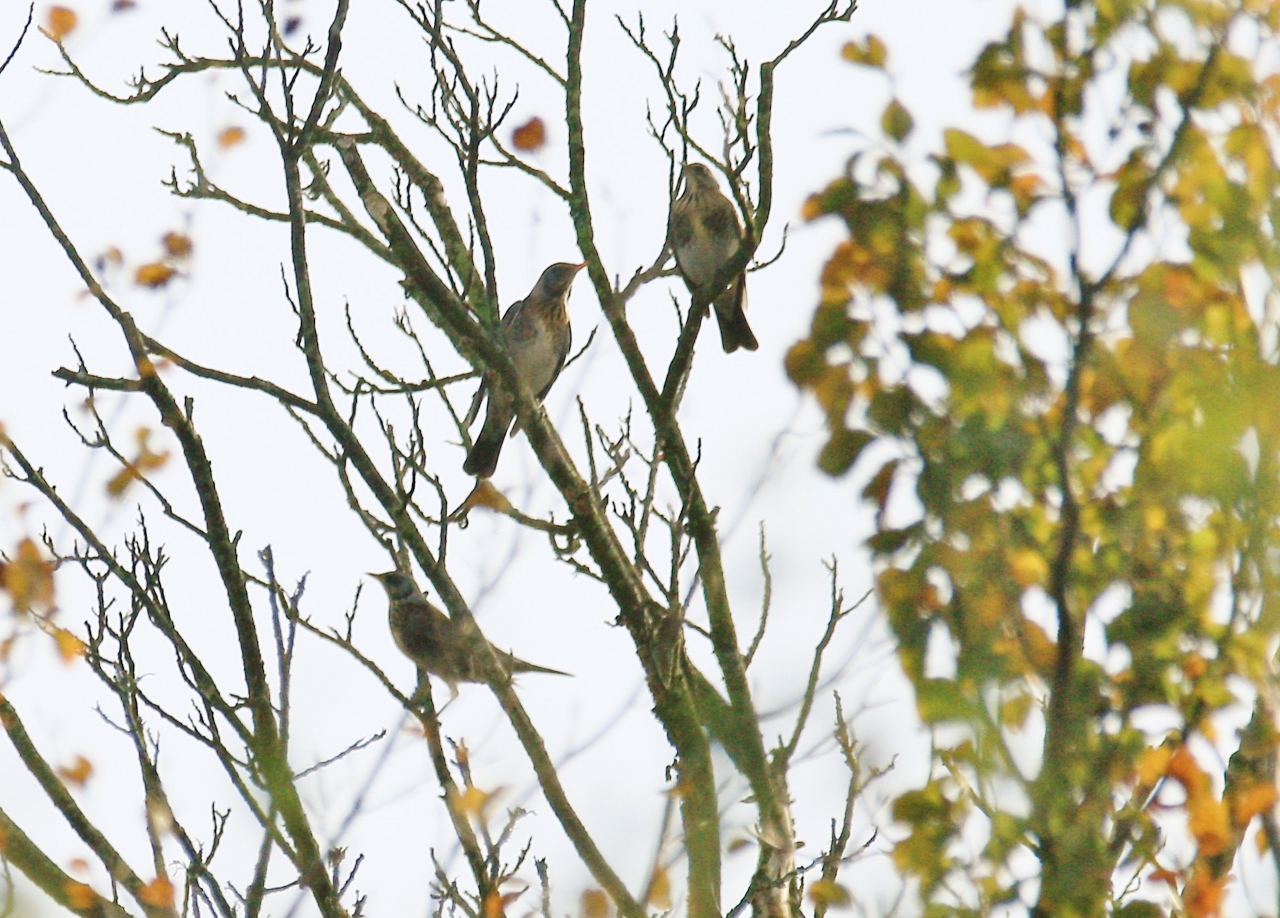
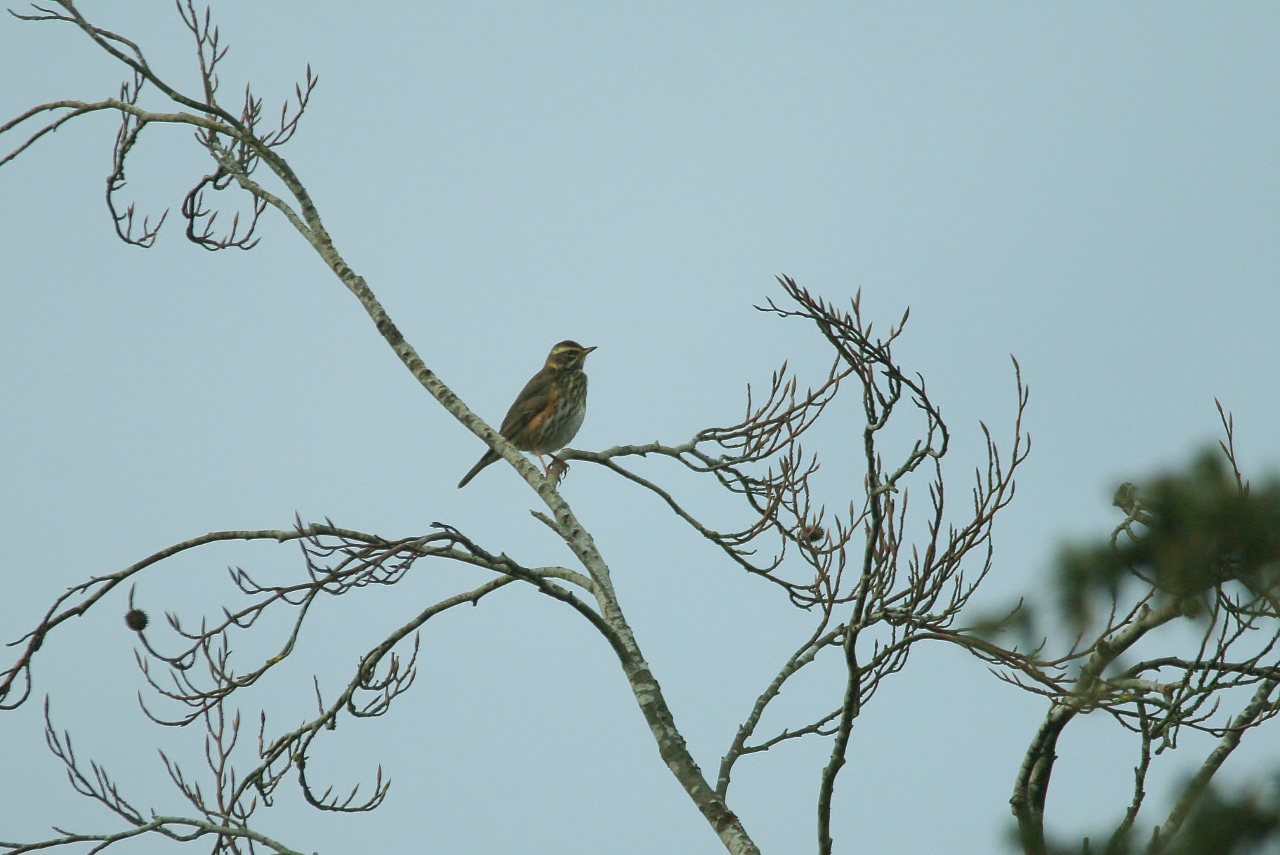
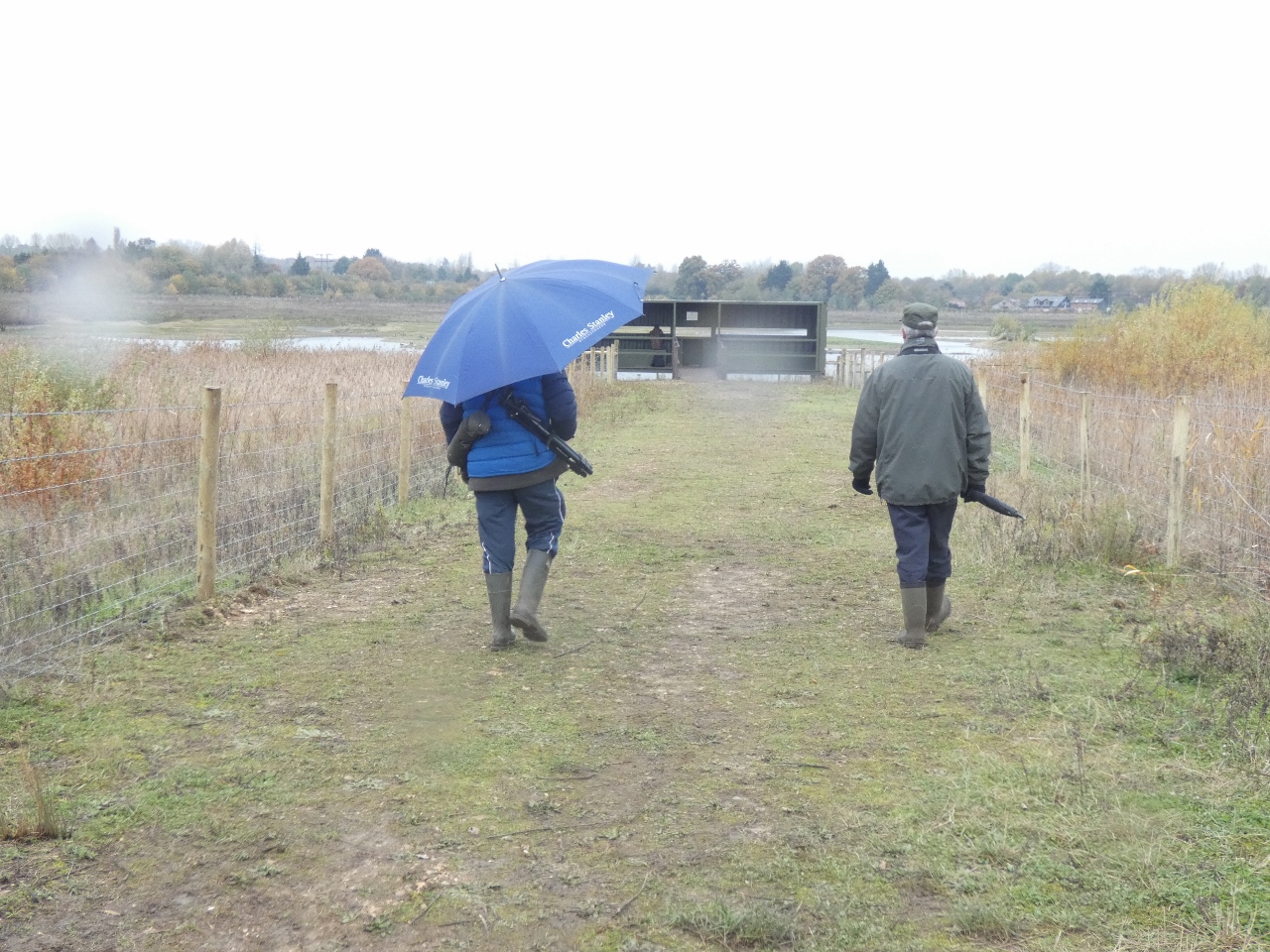
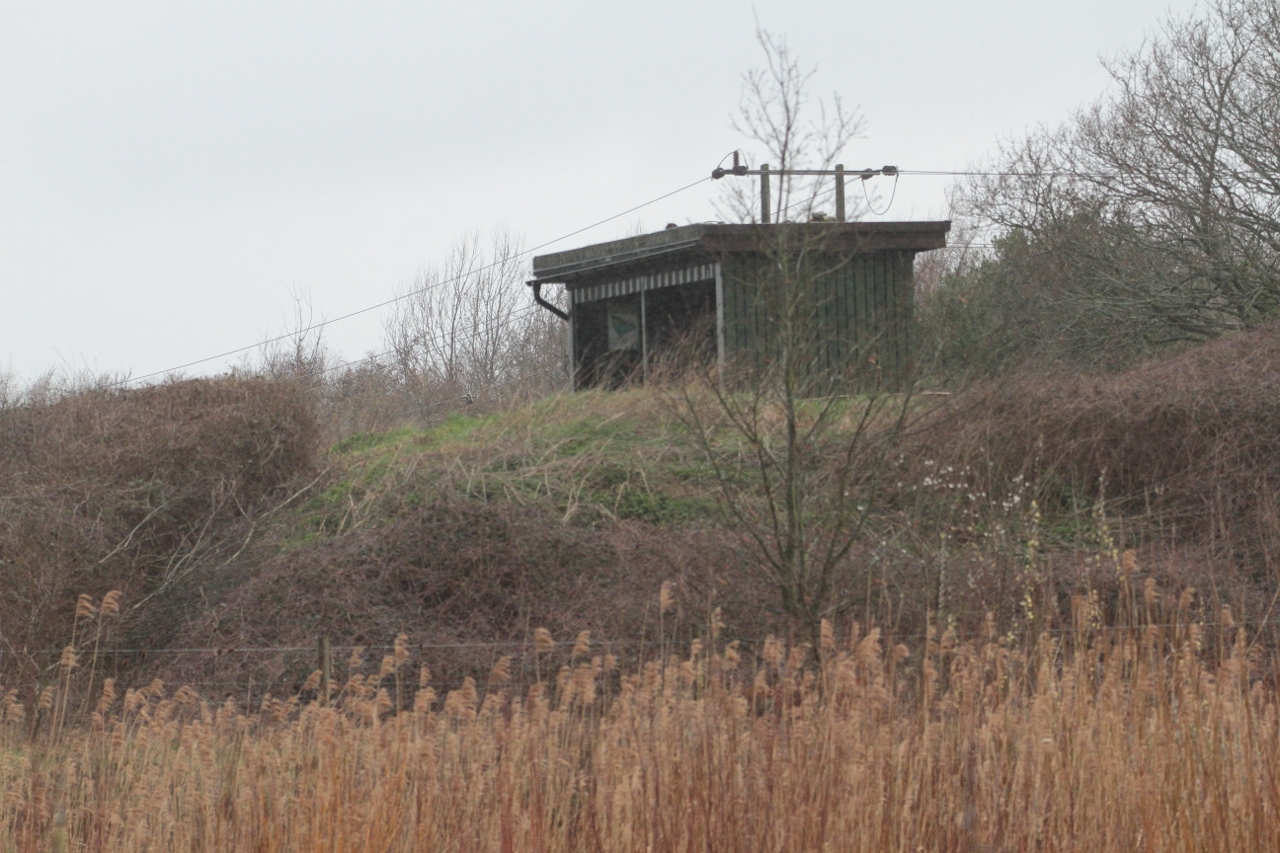

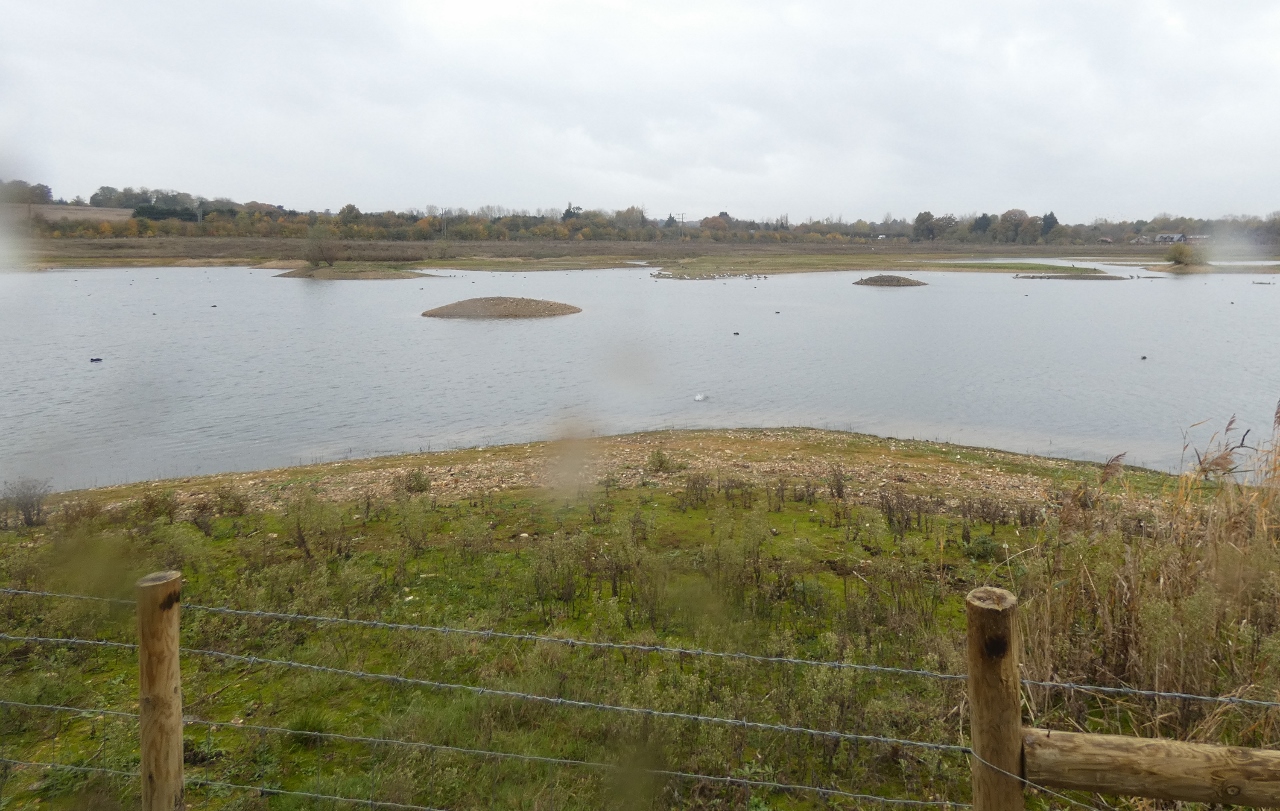


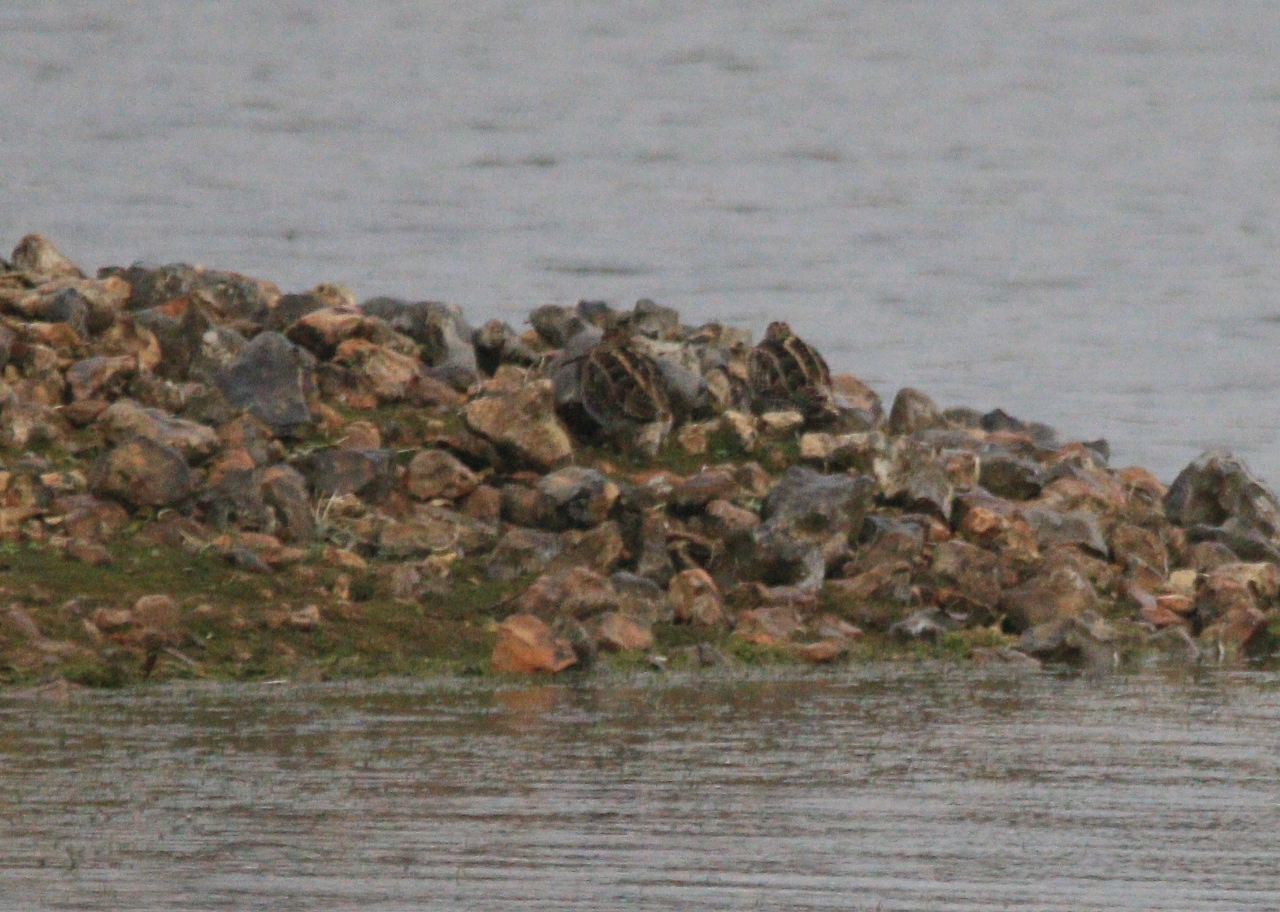
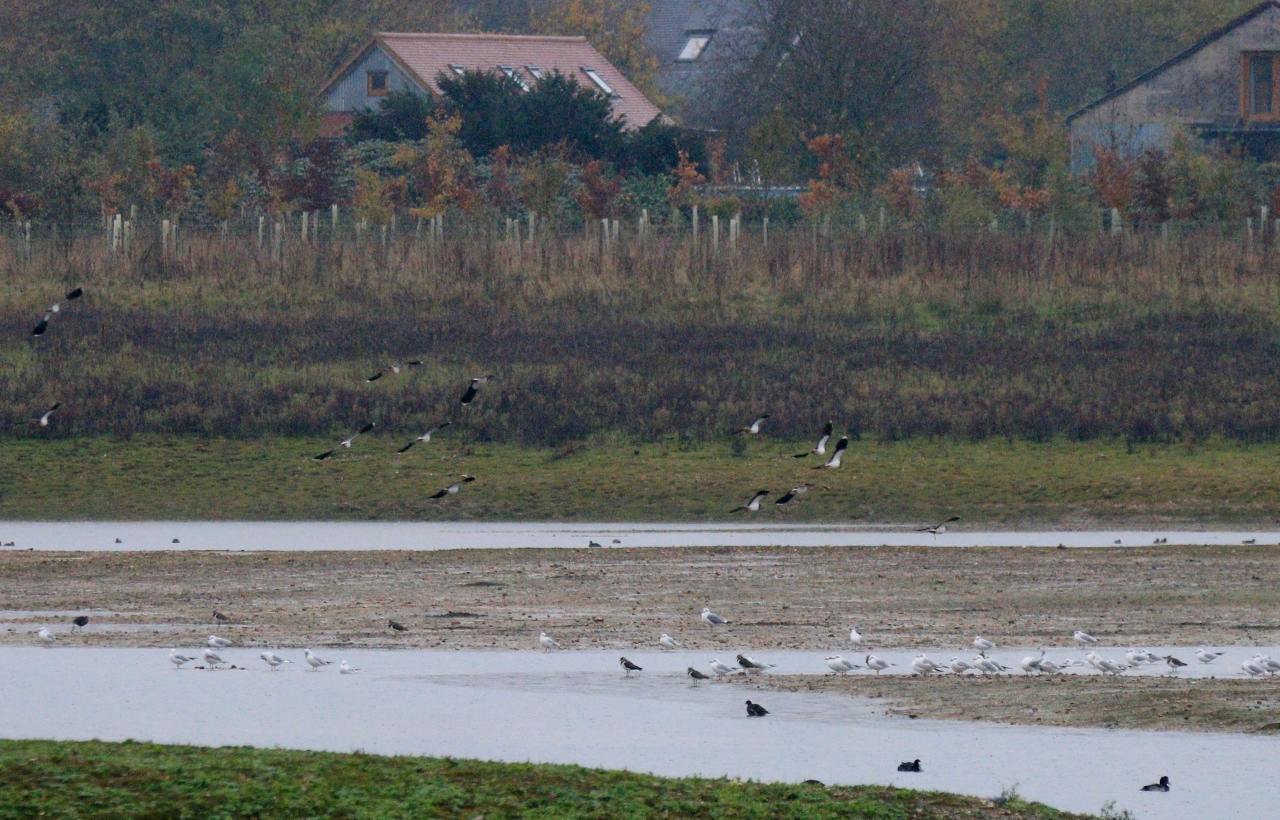
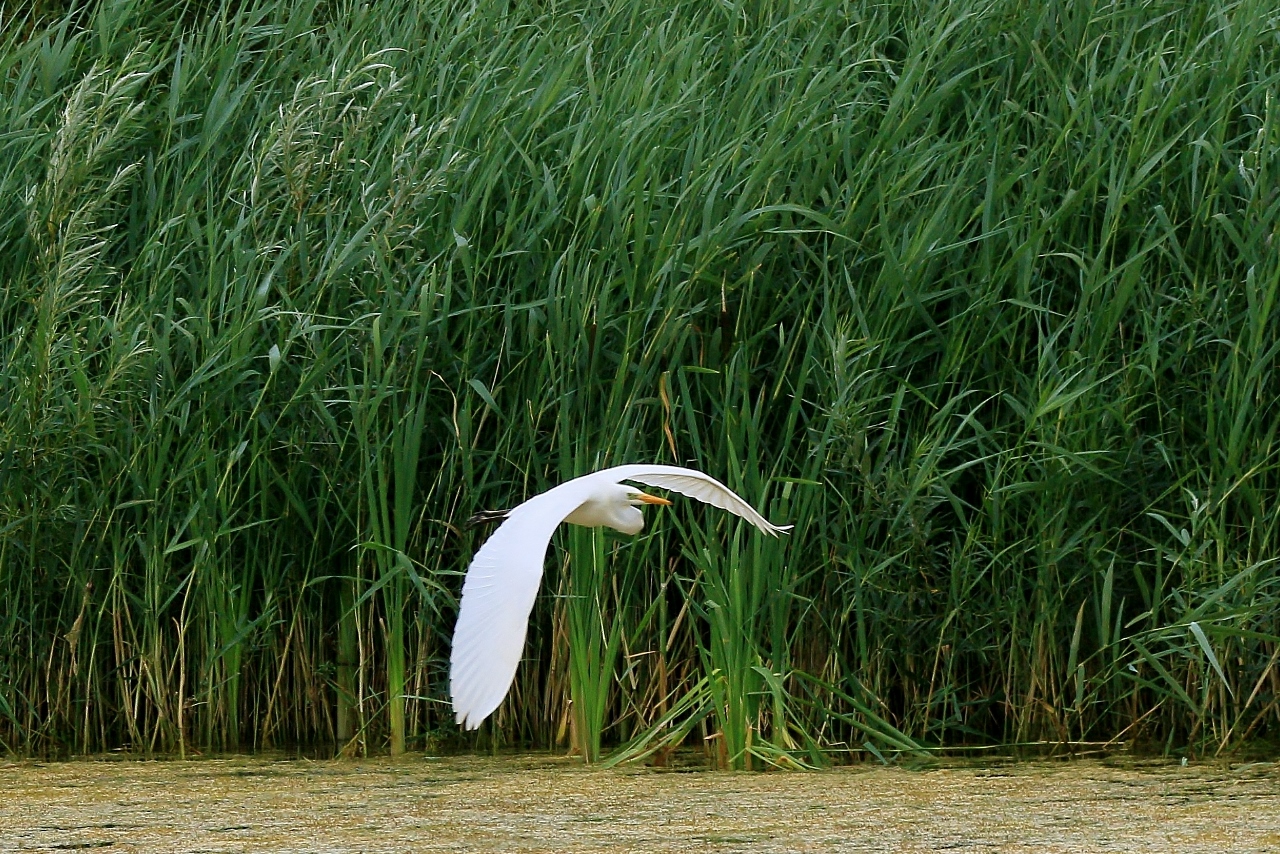




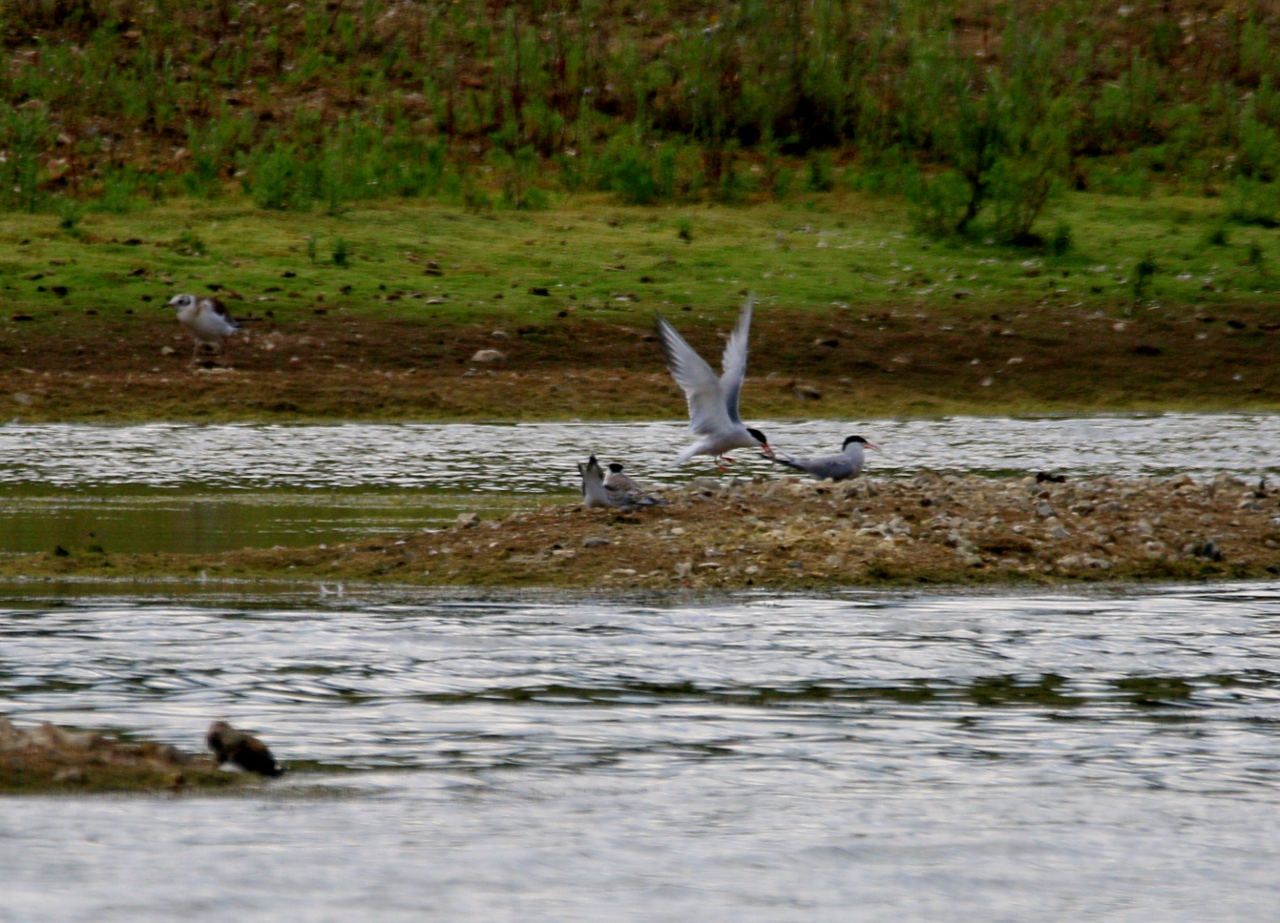
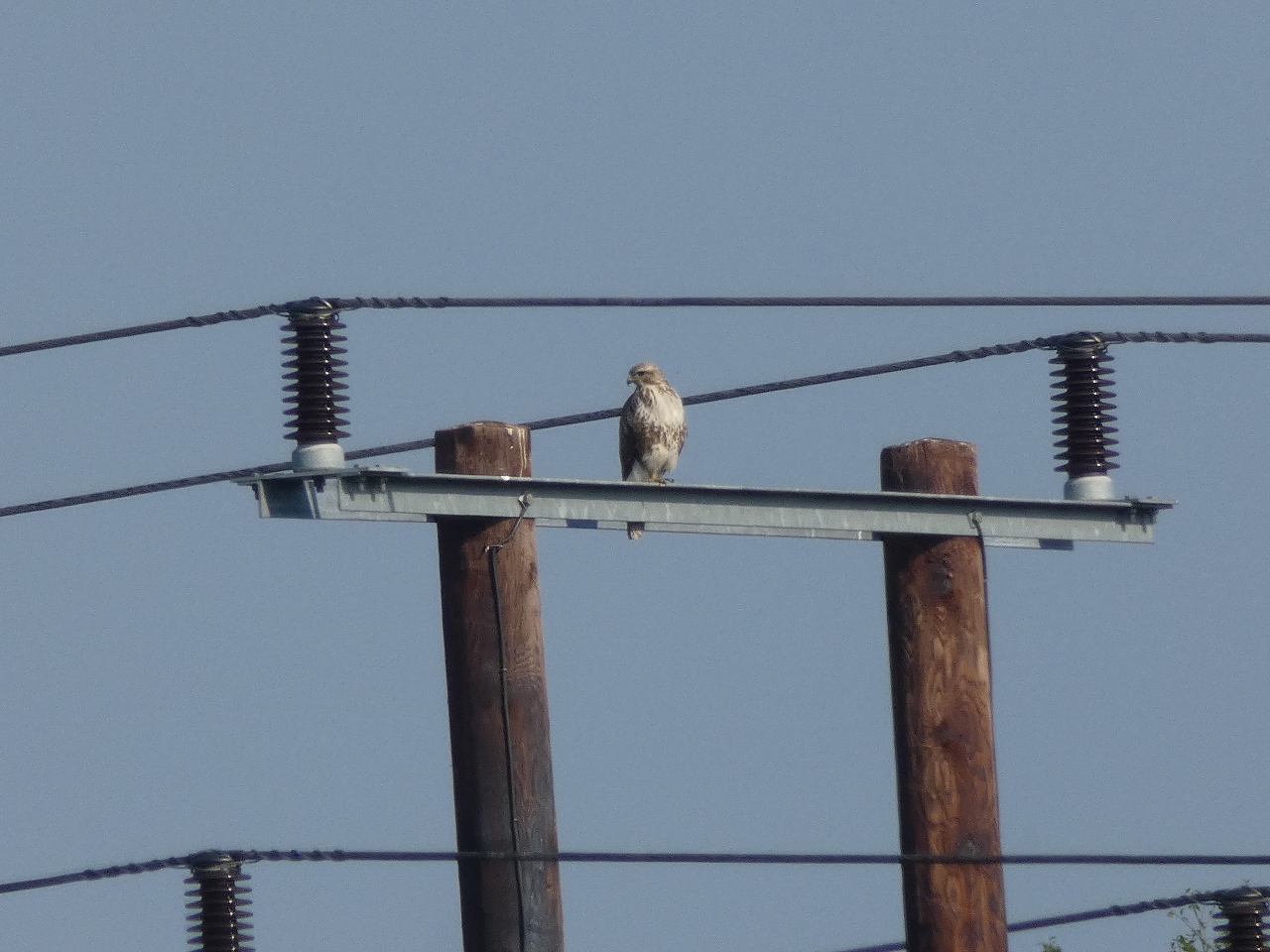
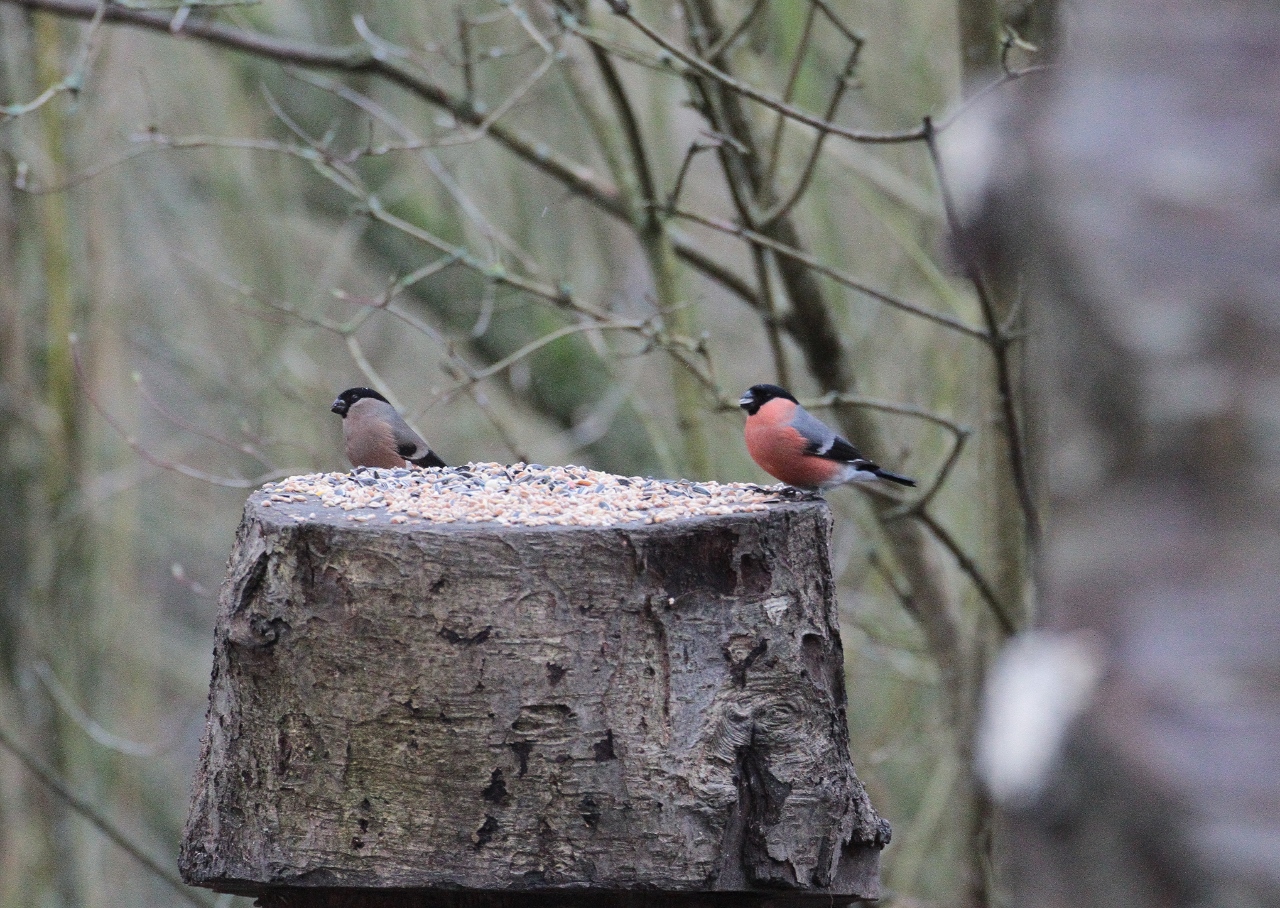
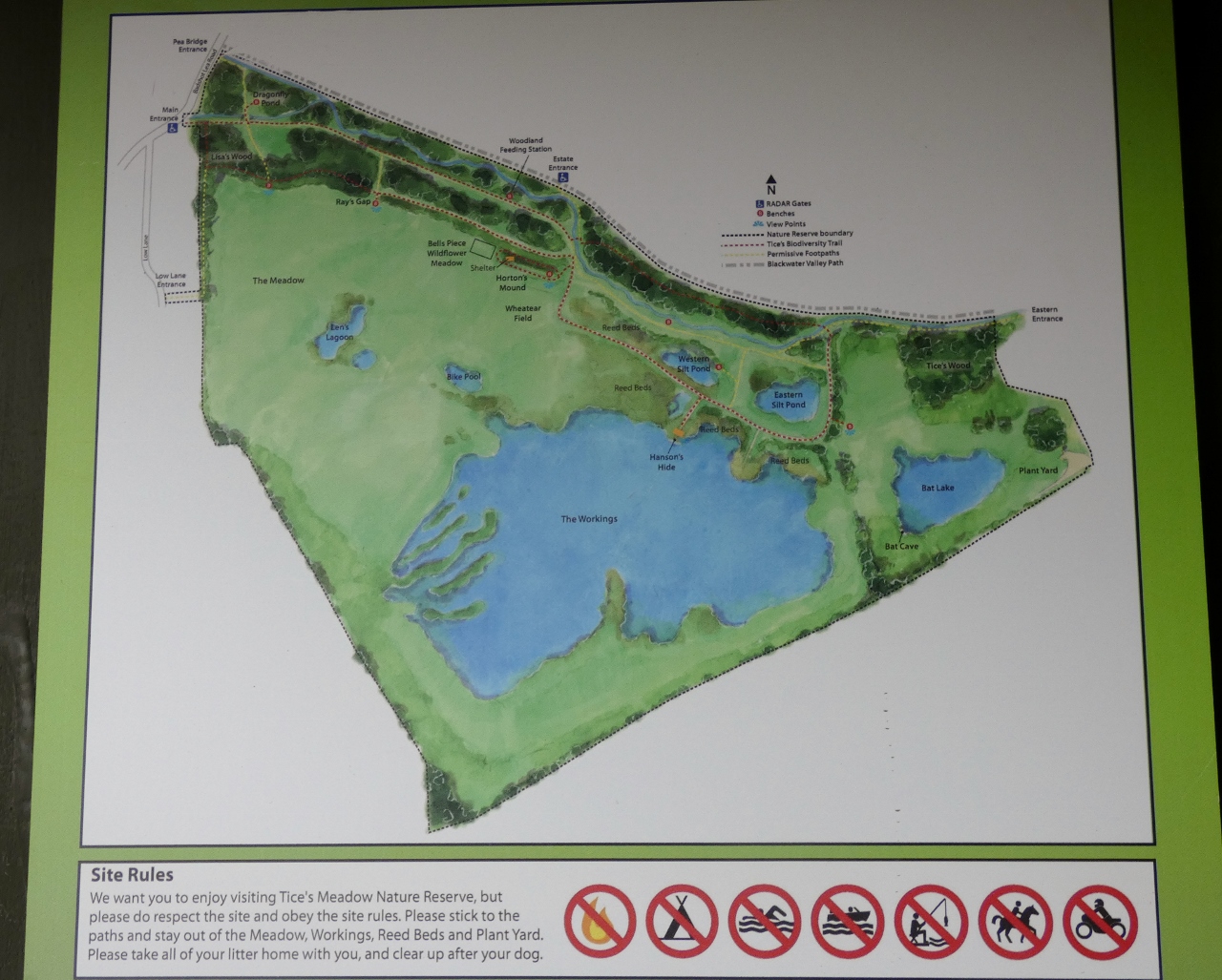










Recent Comments